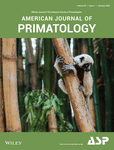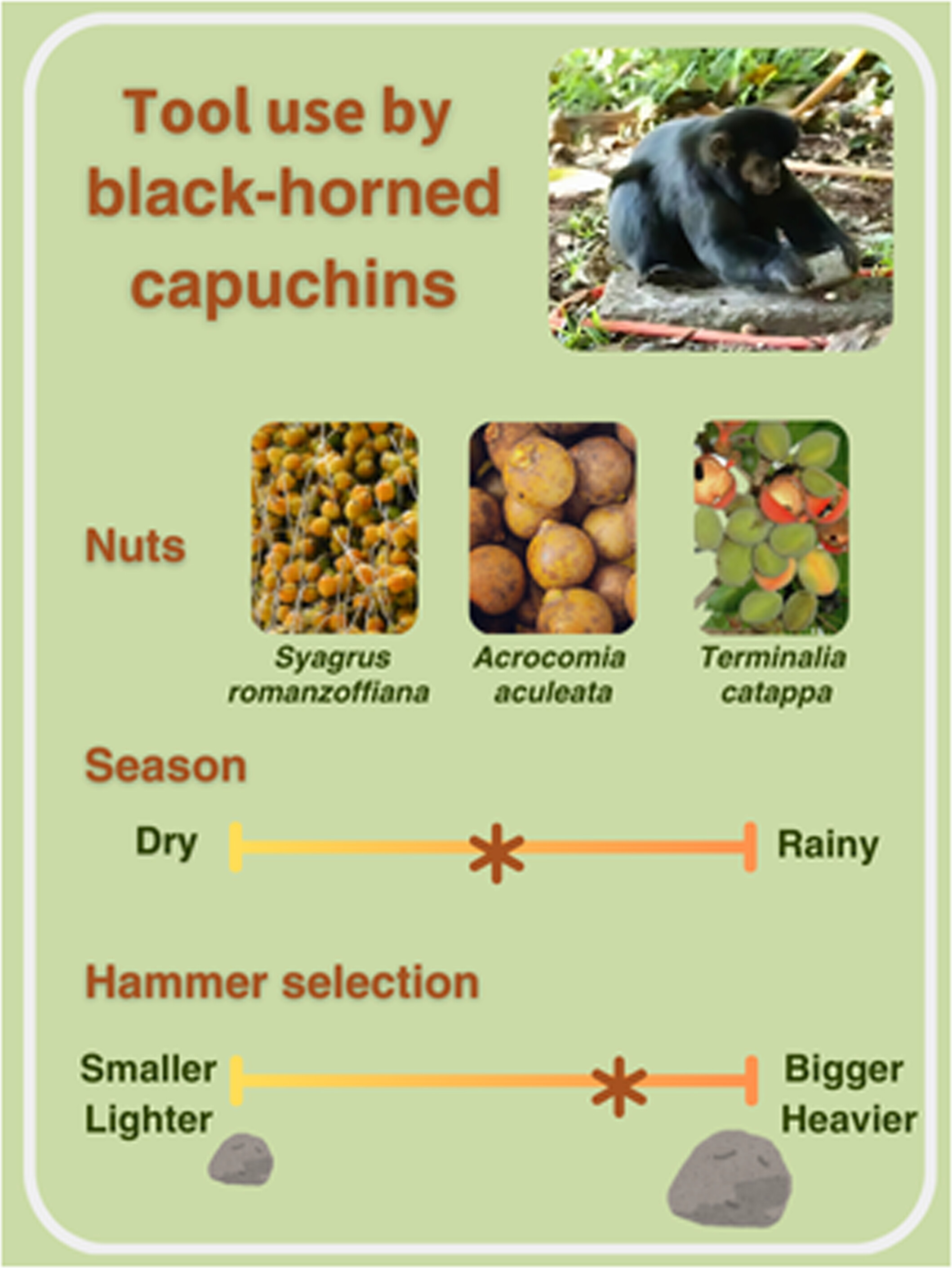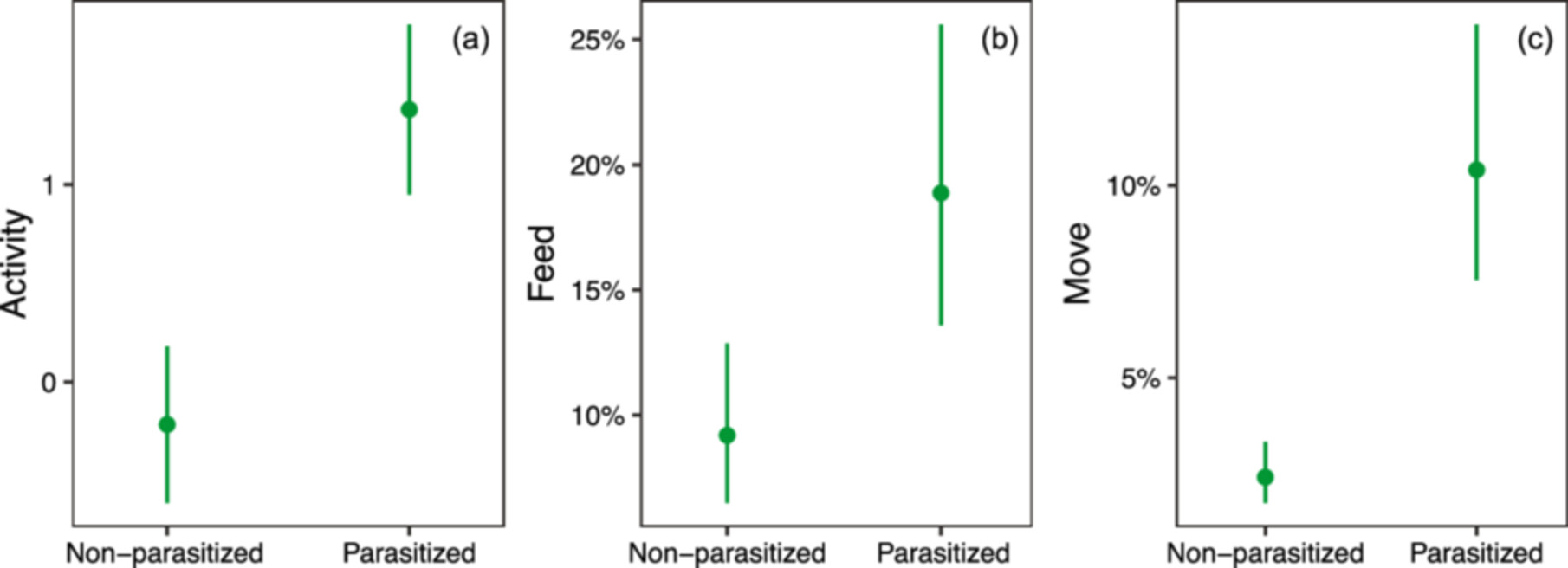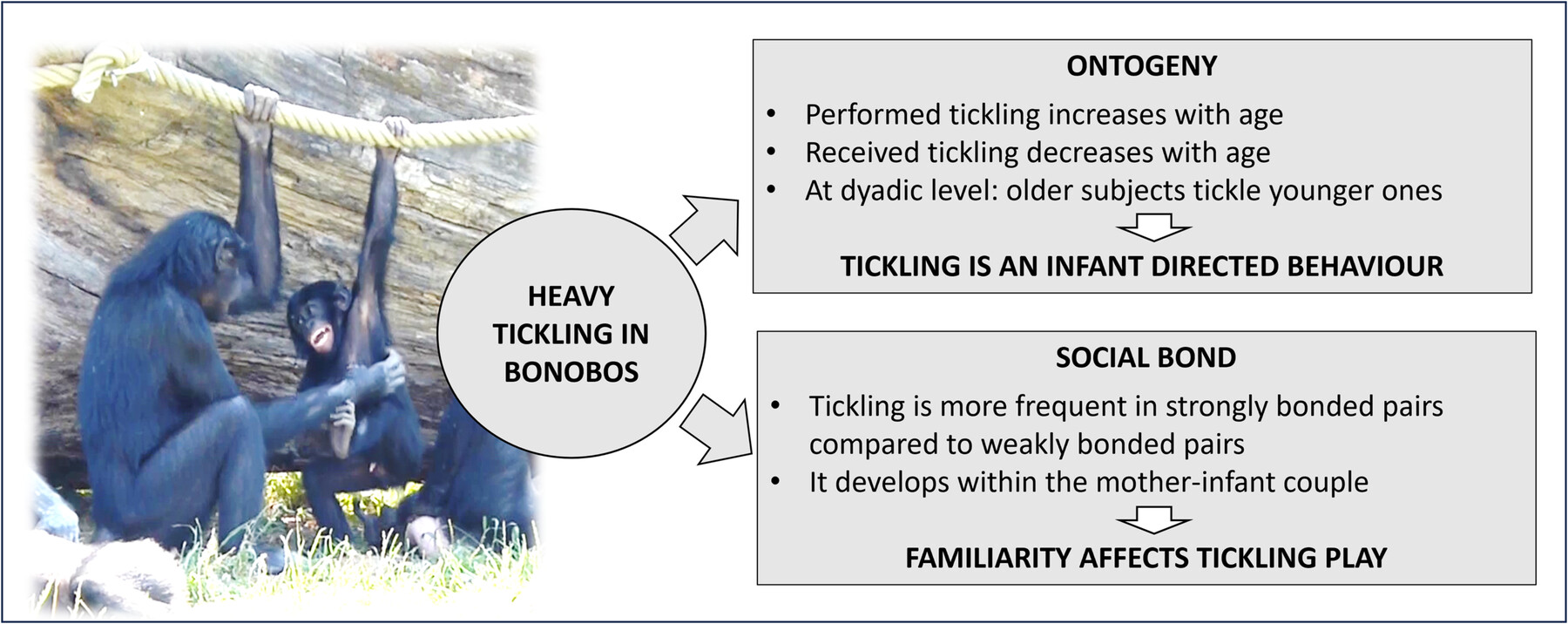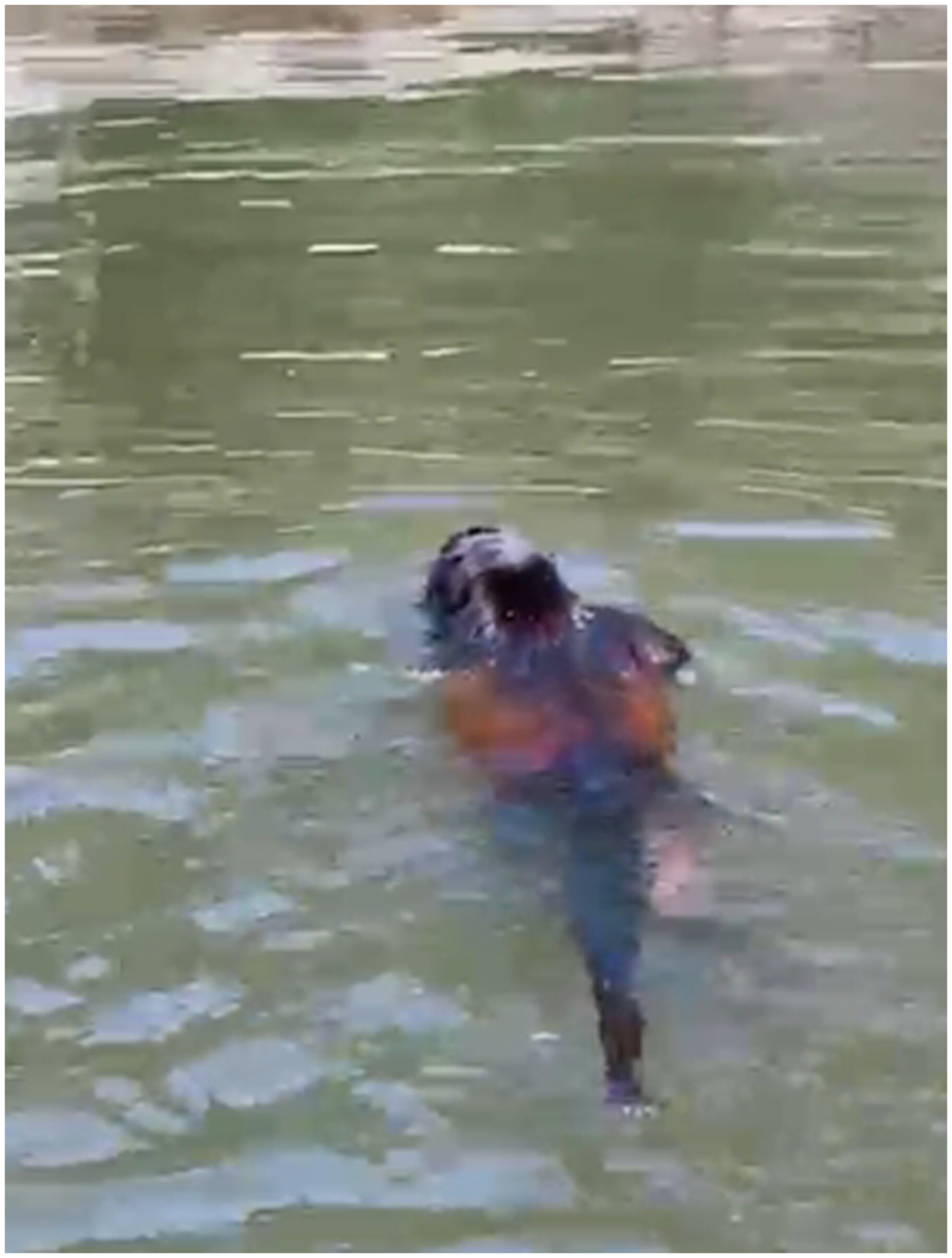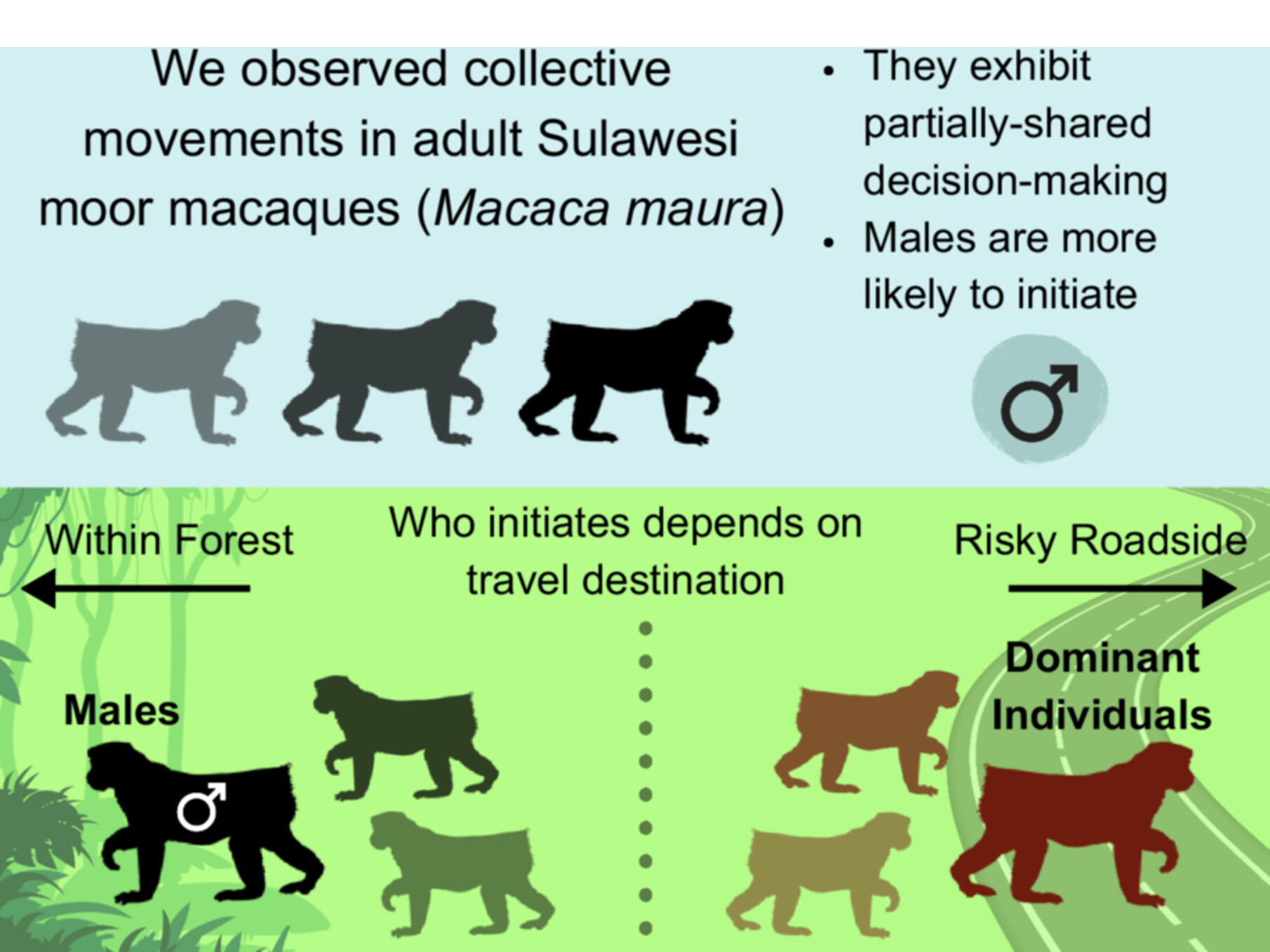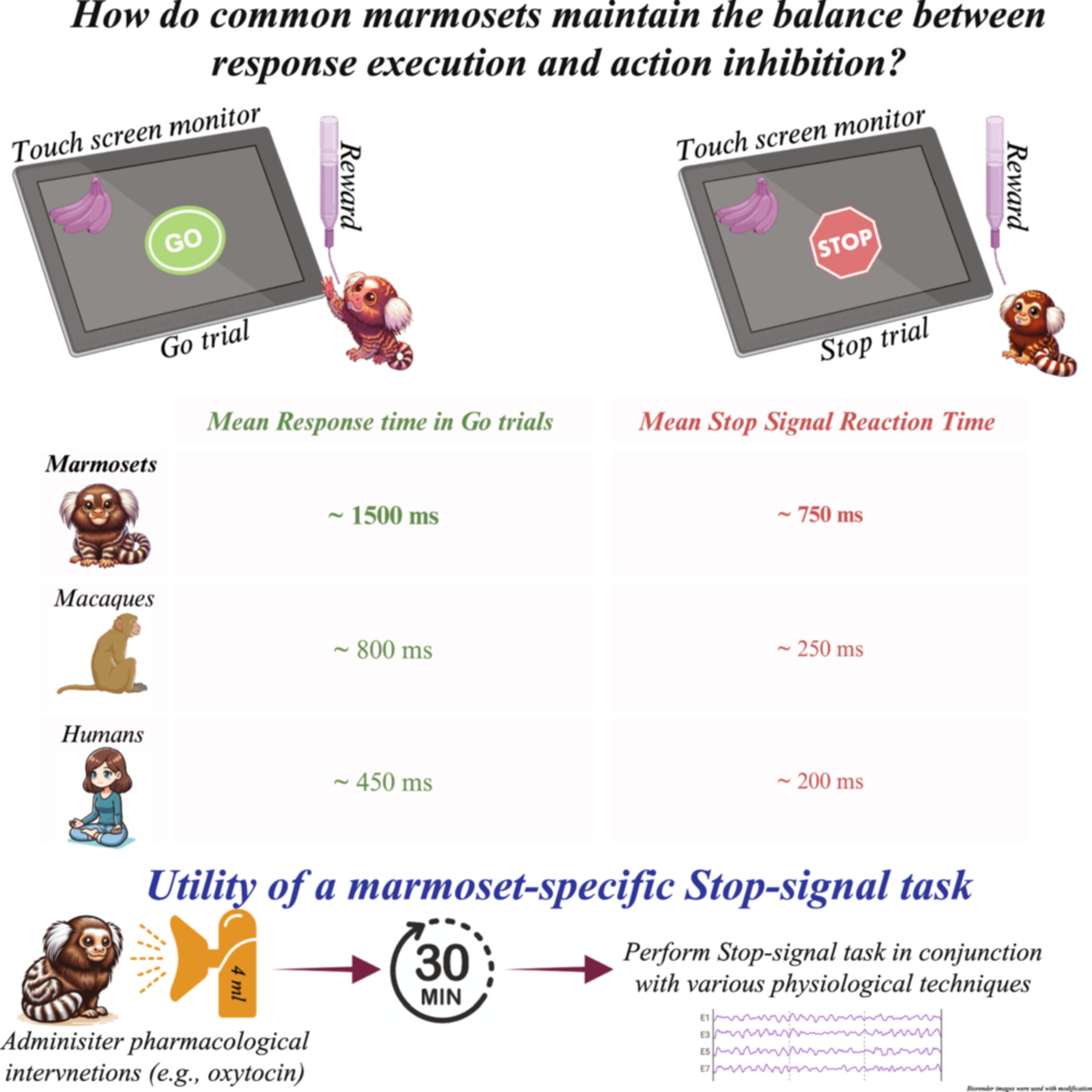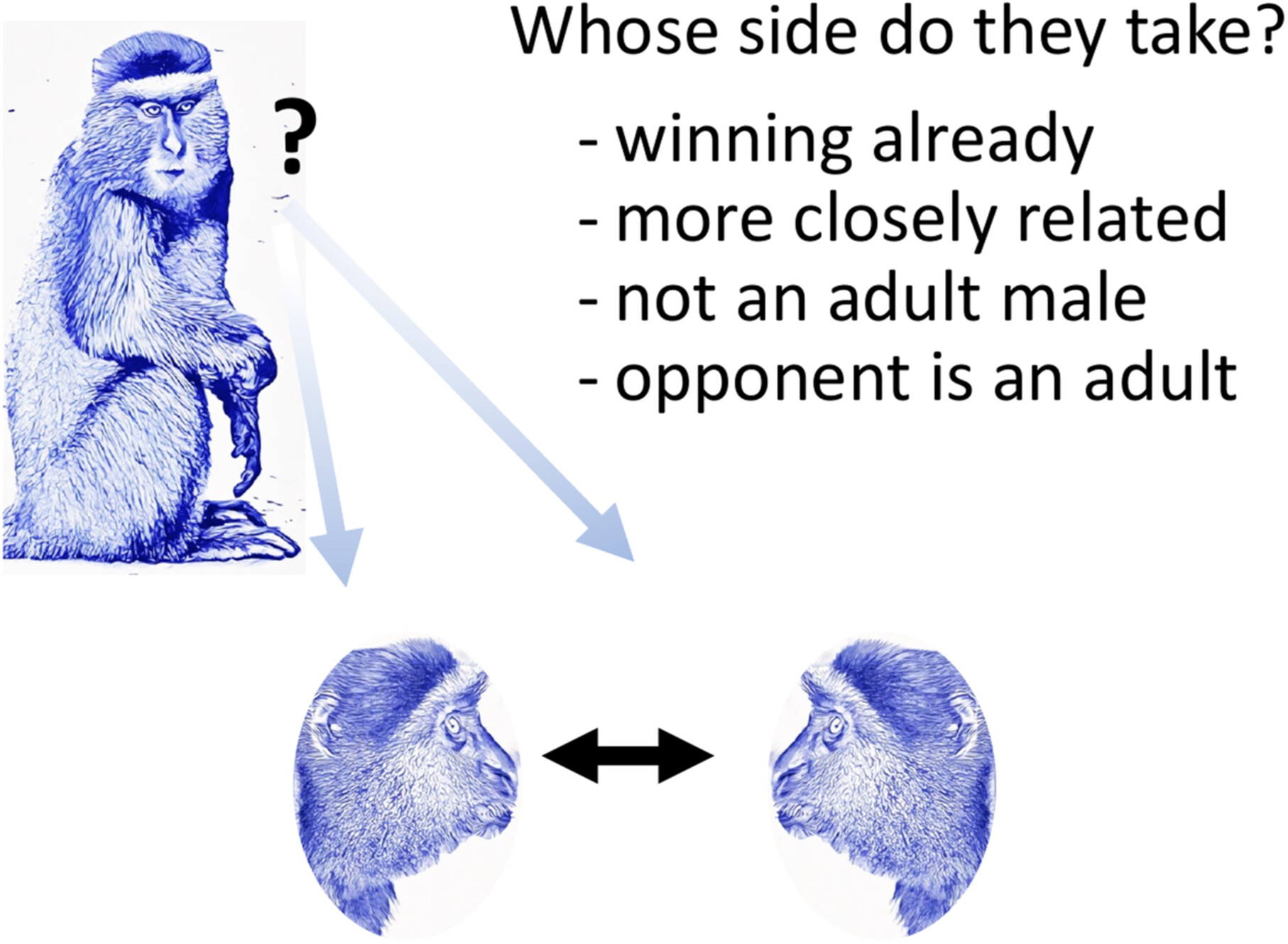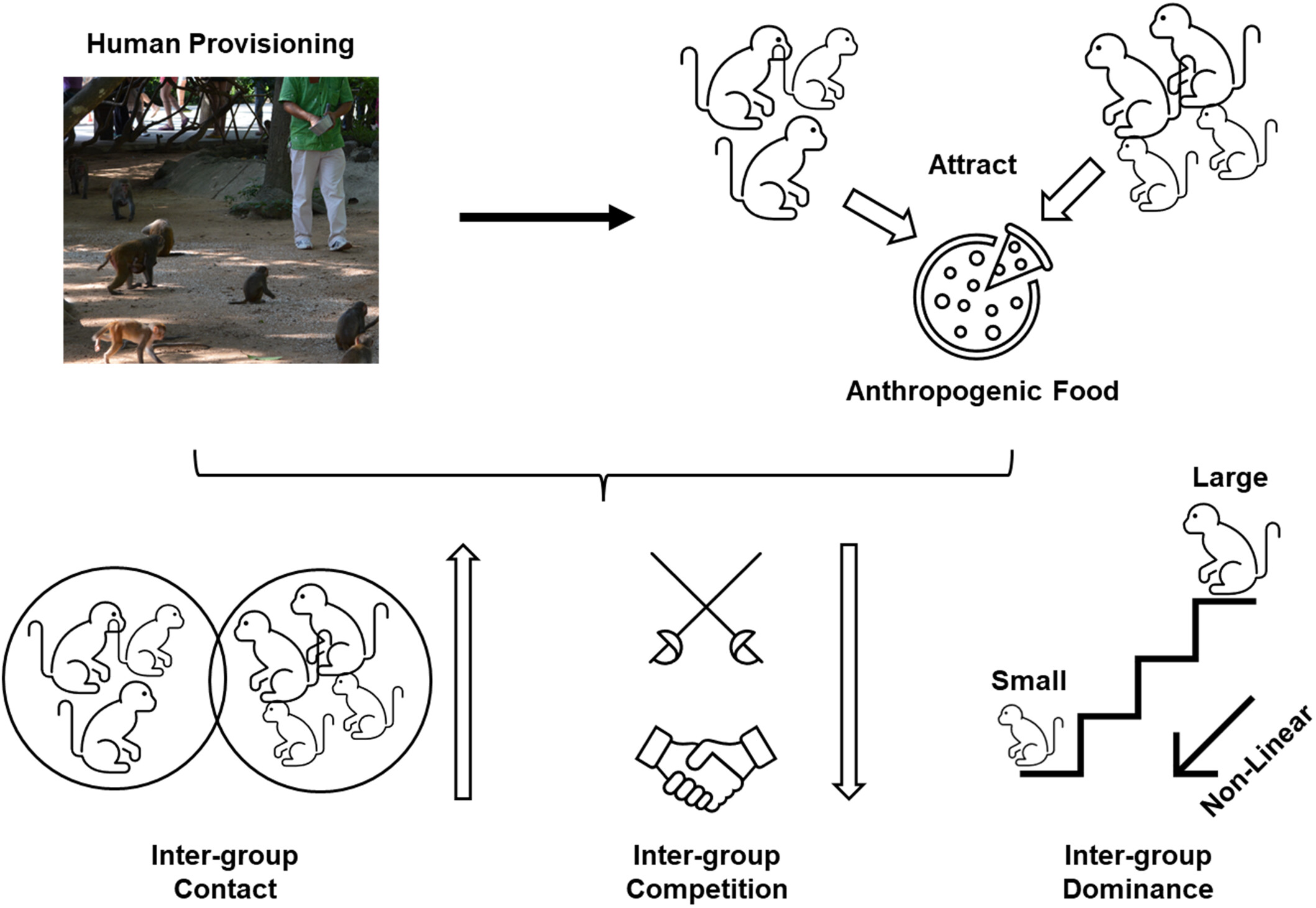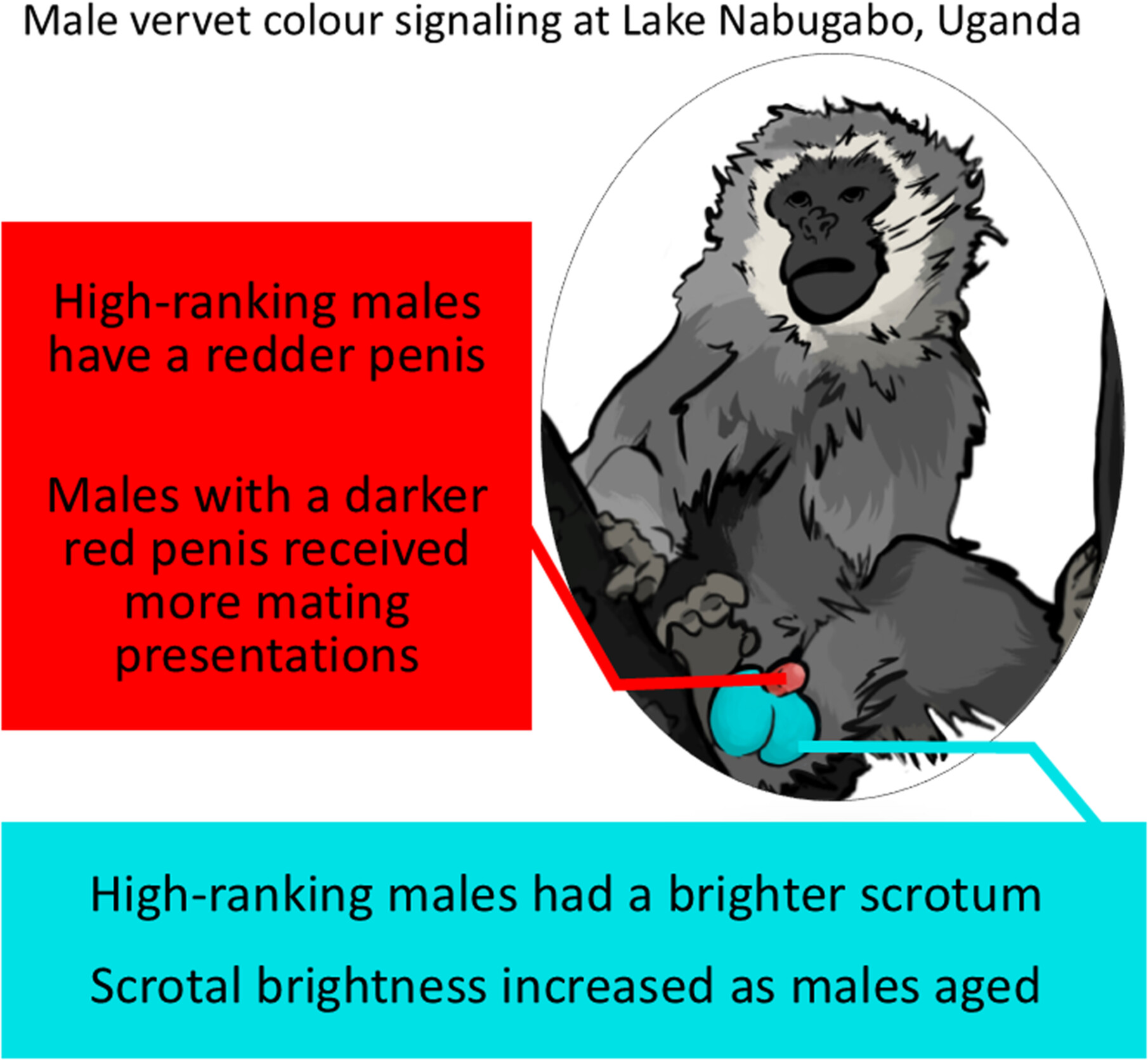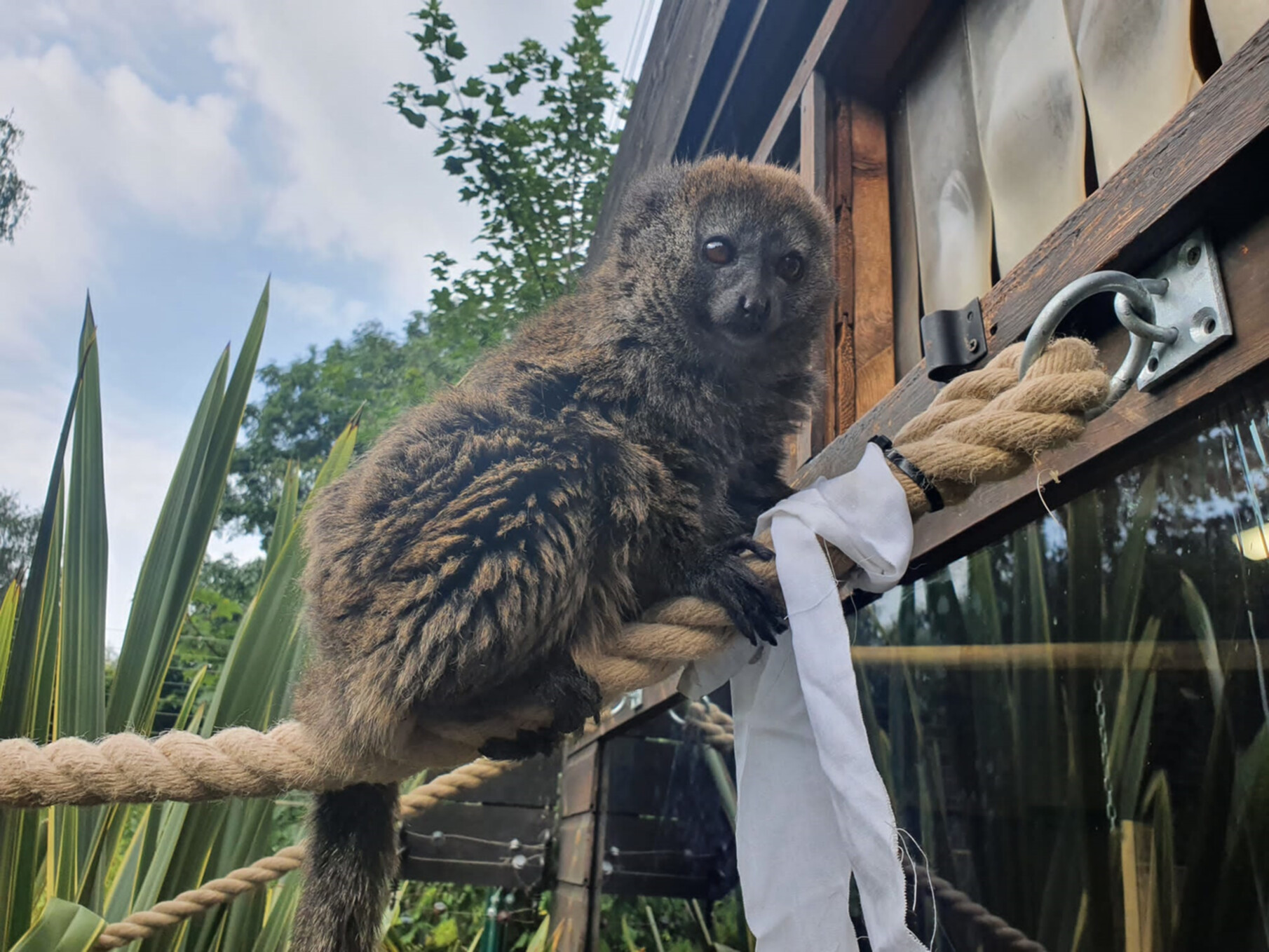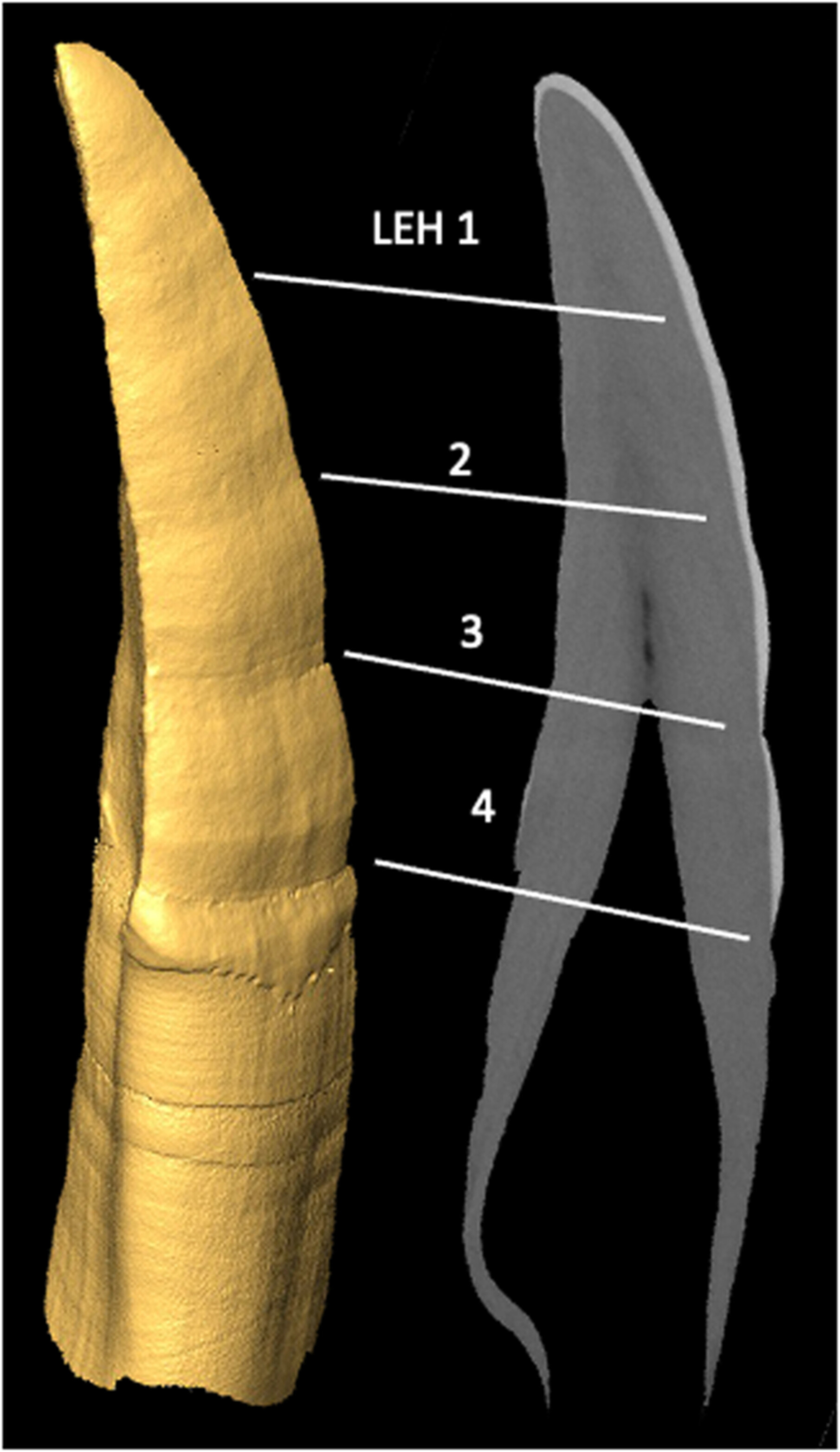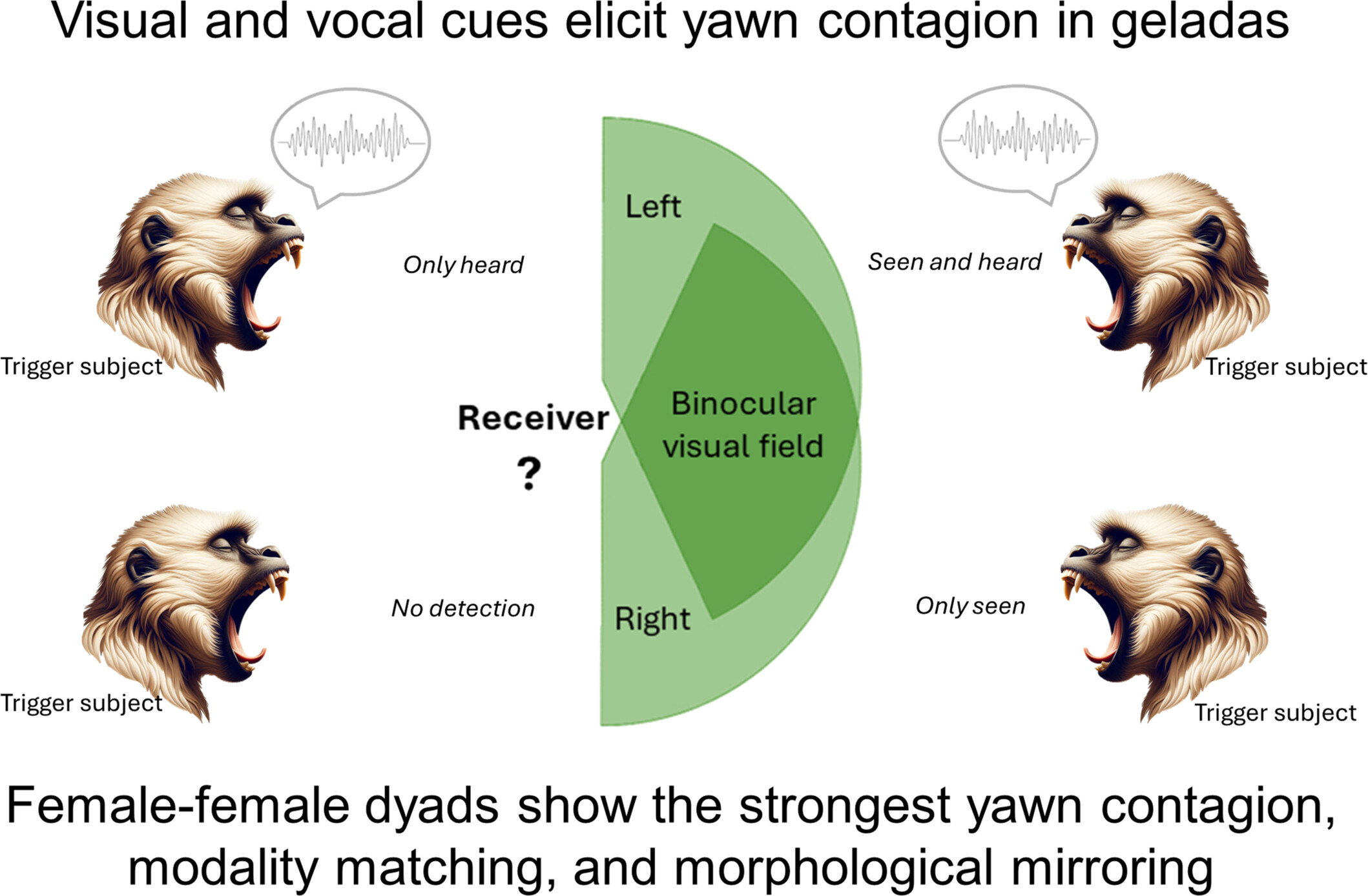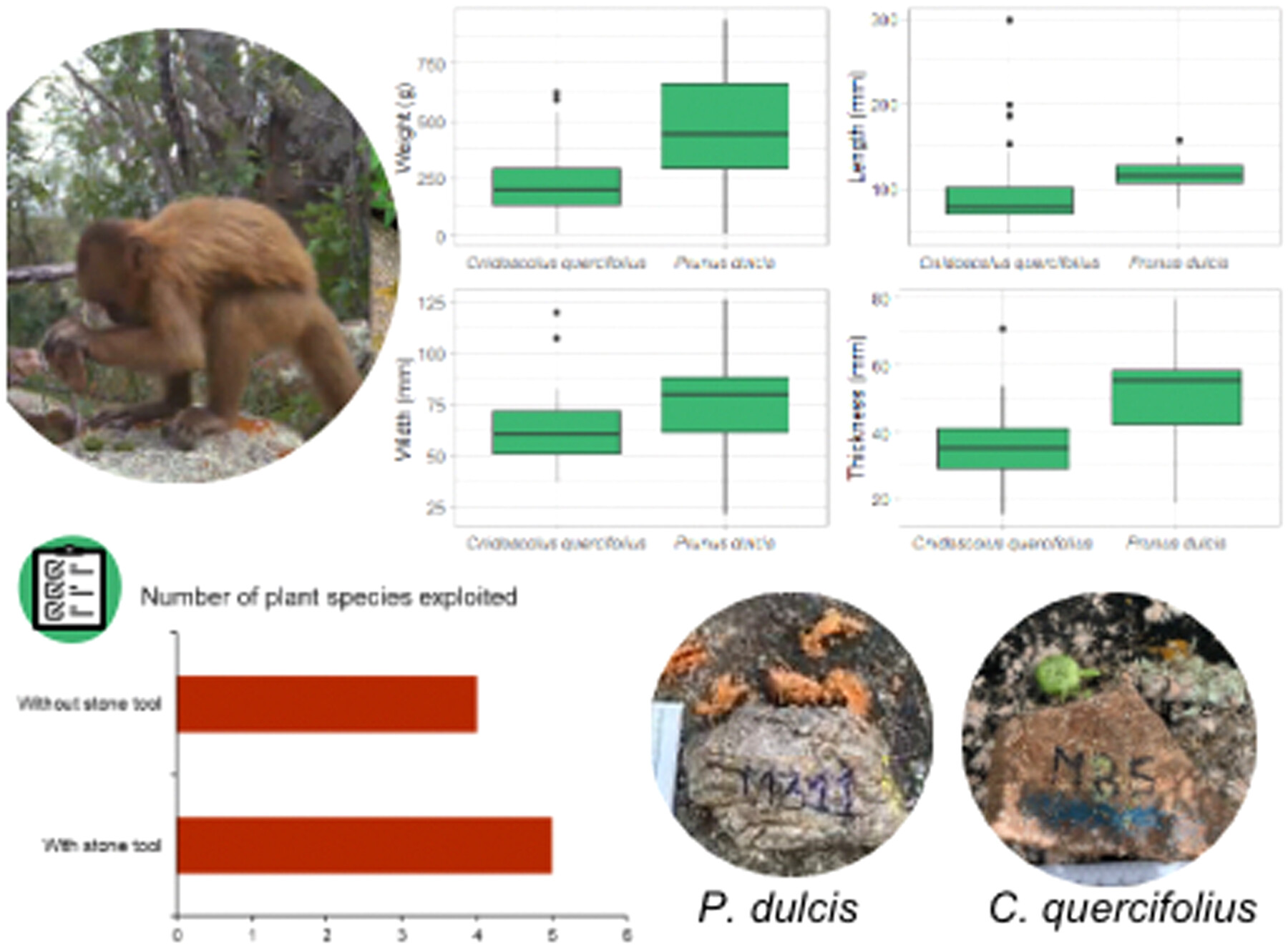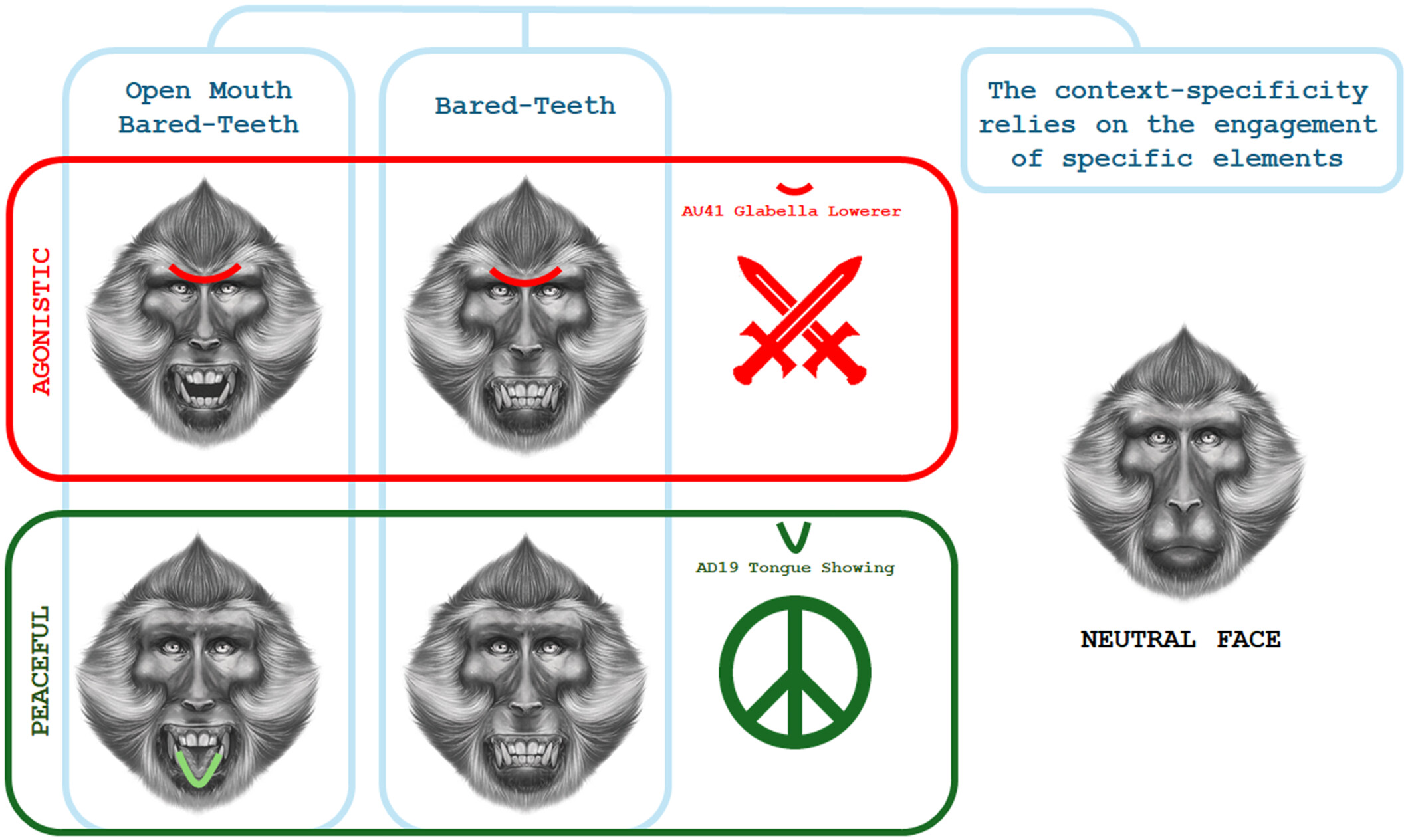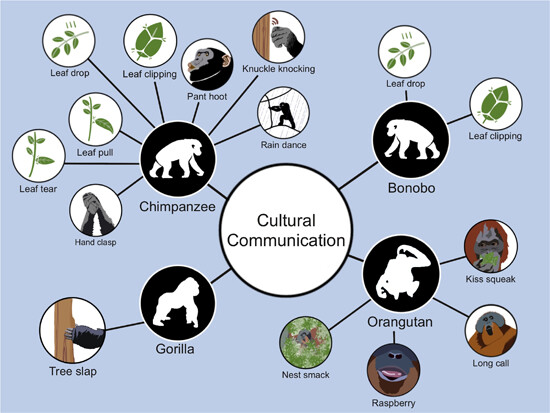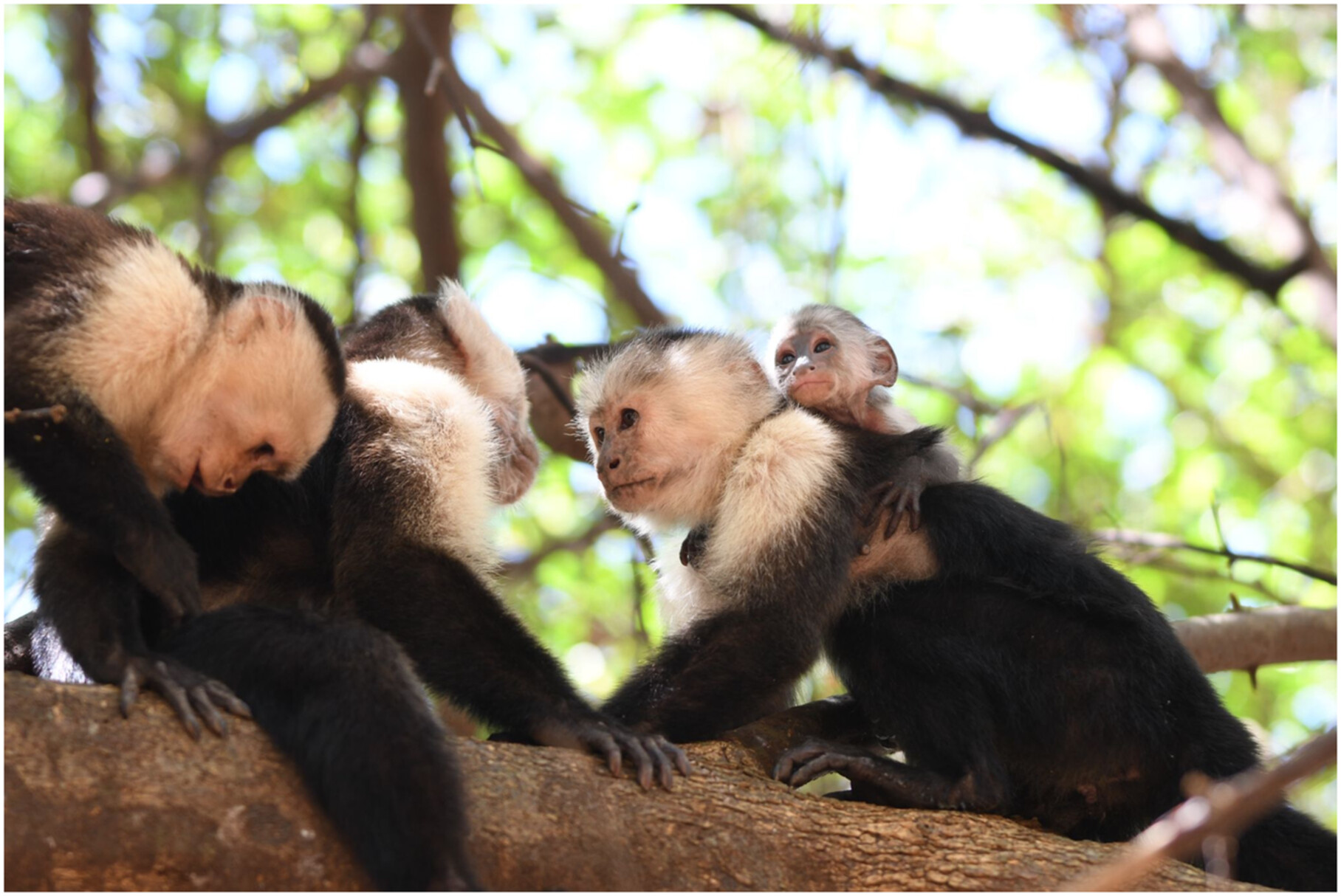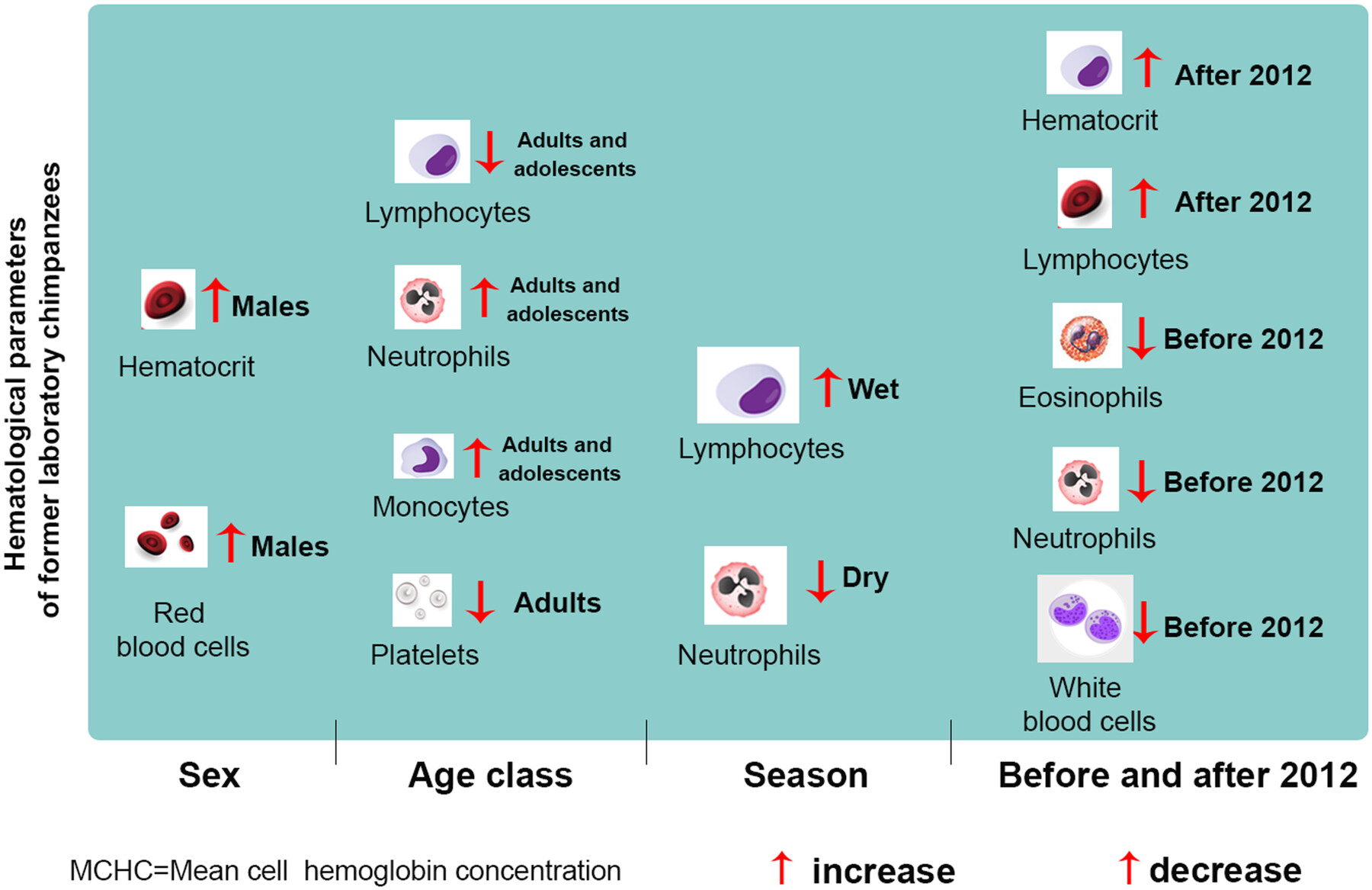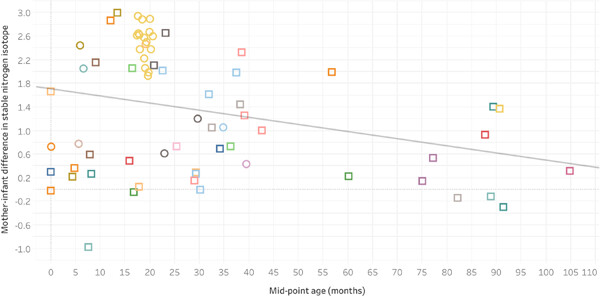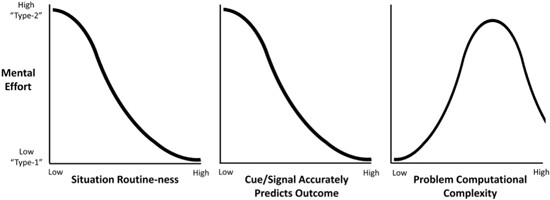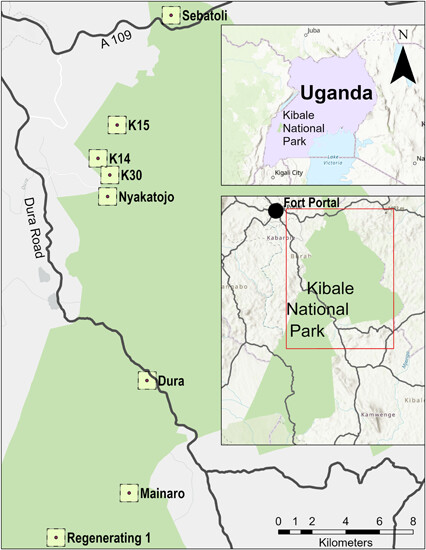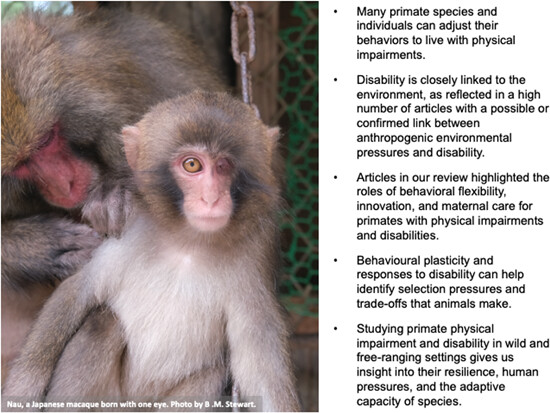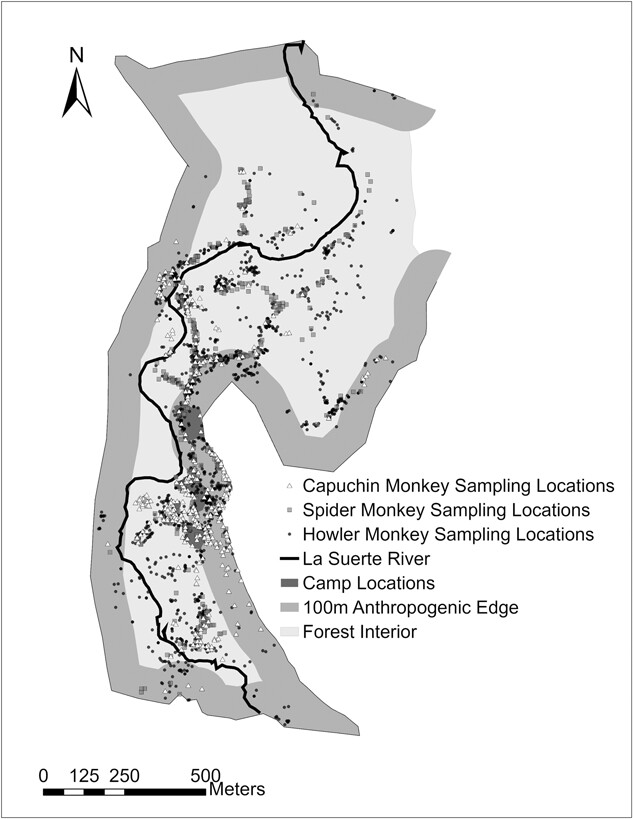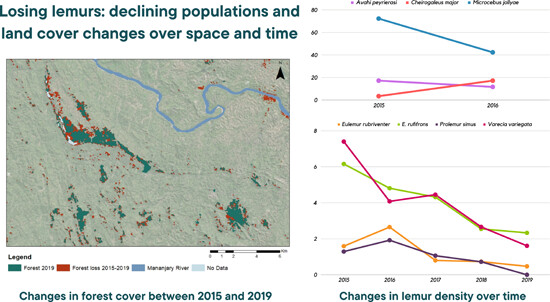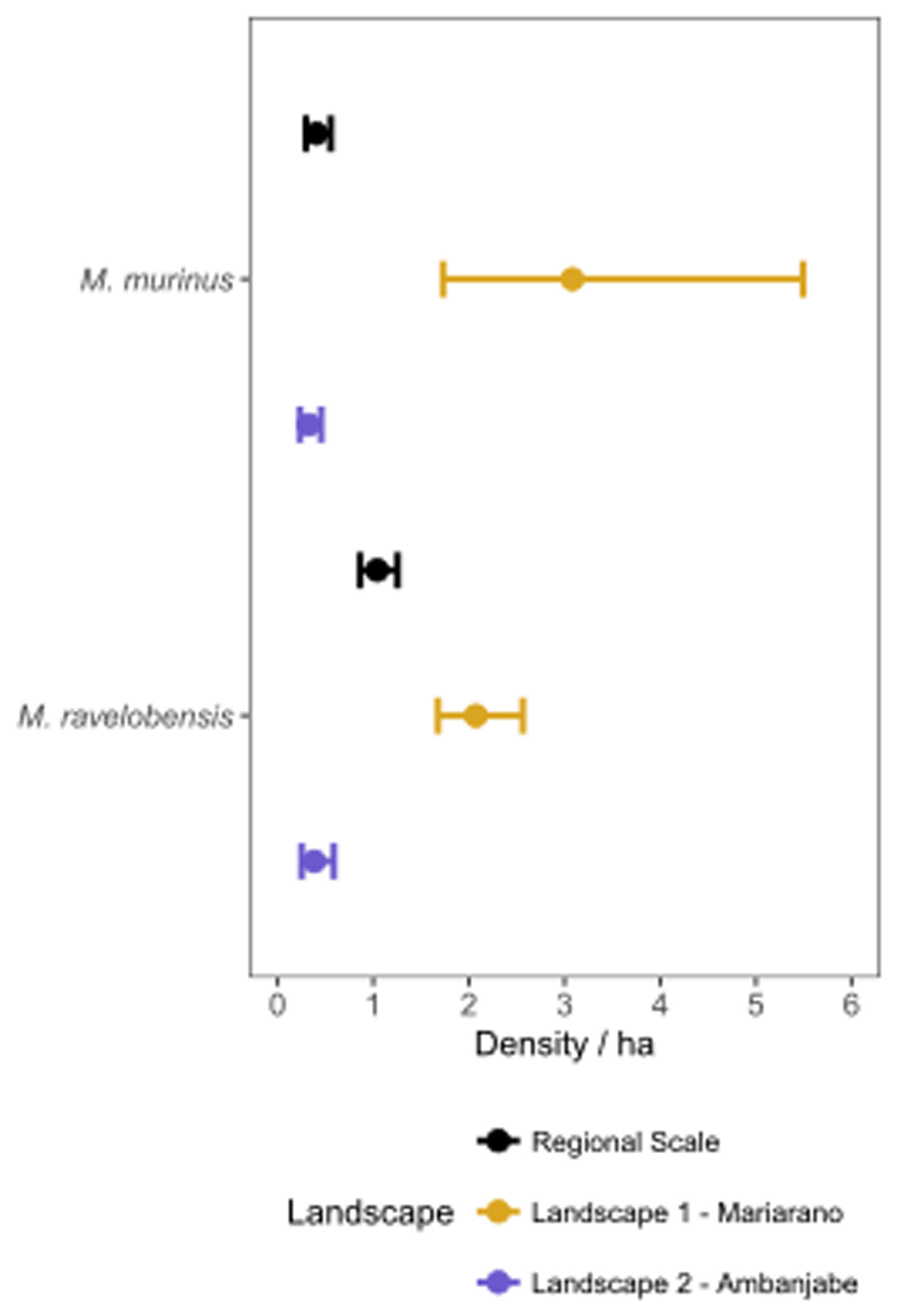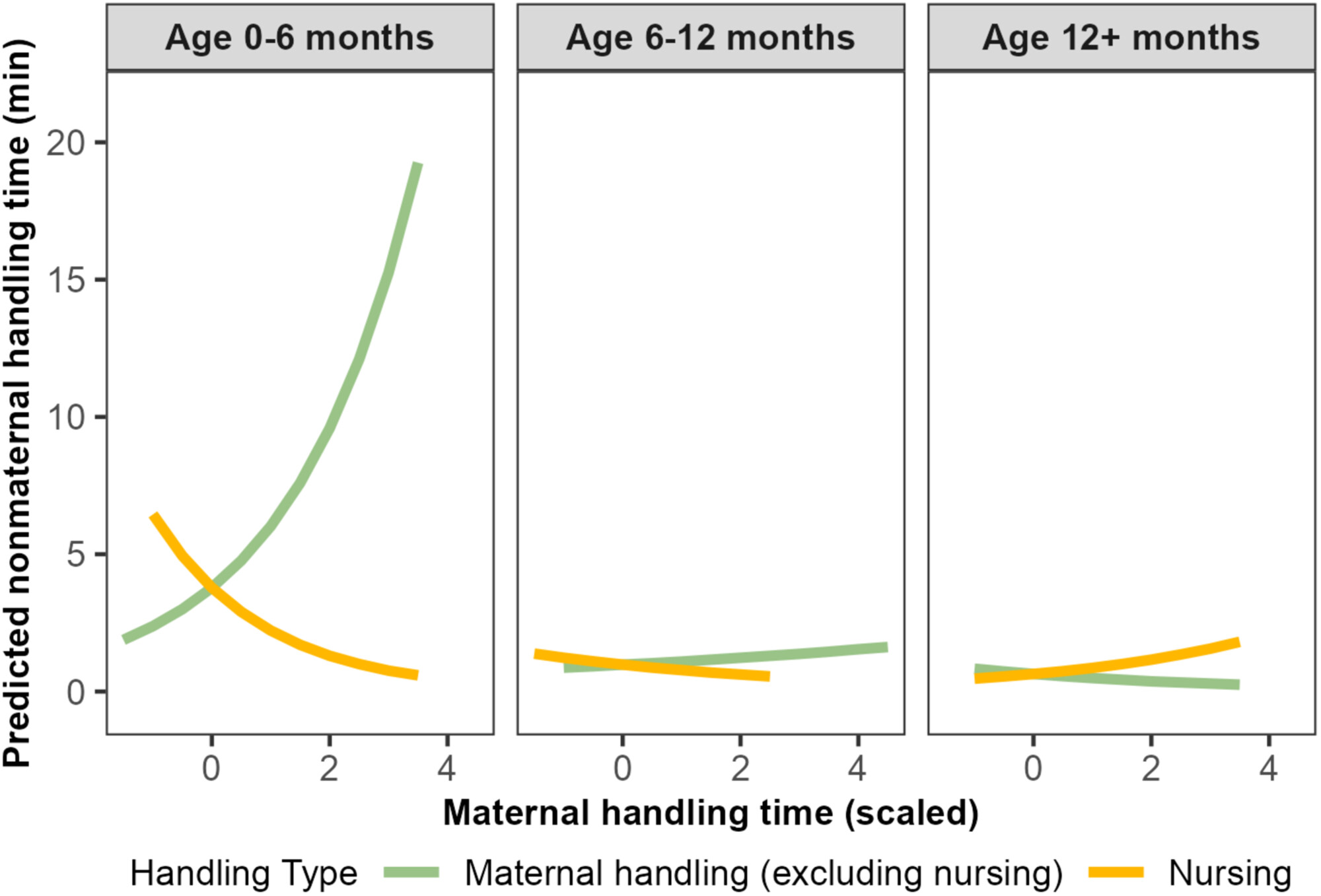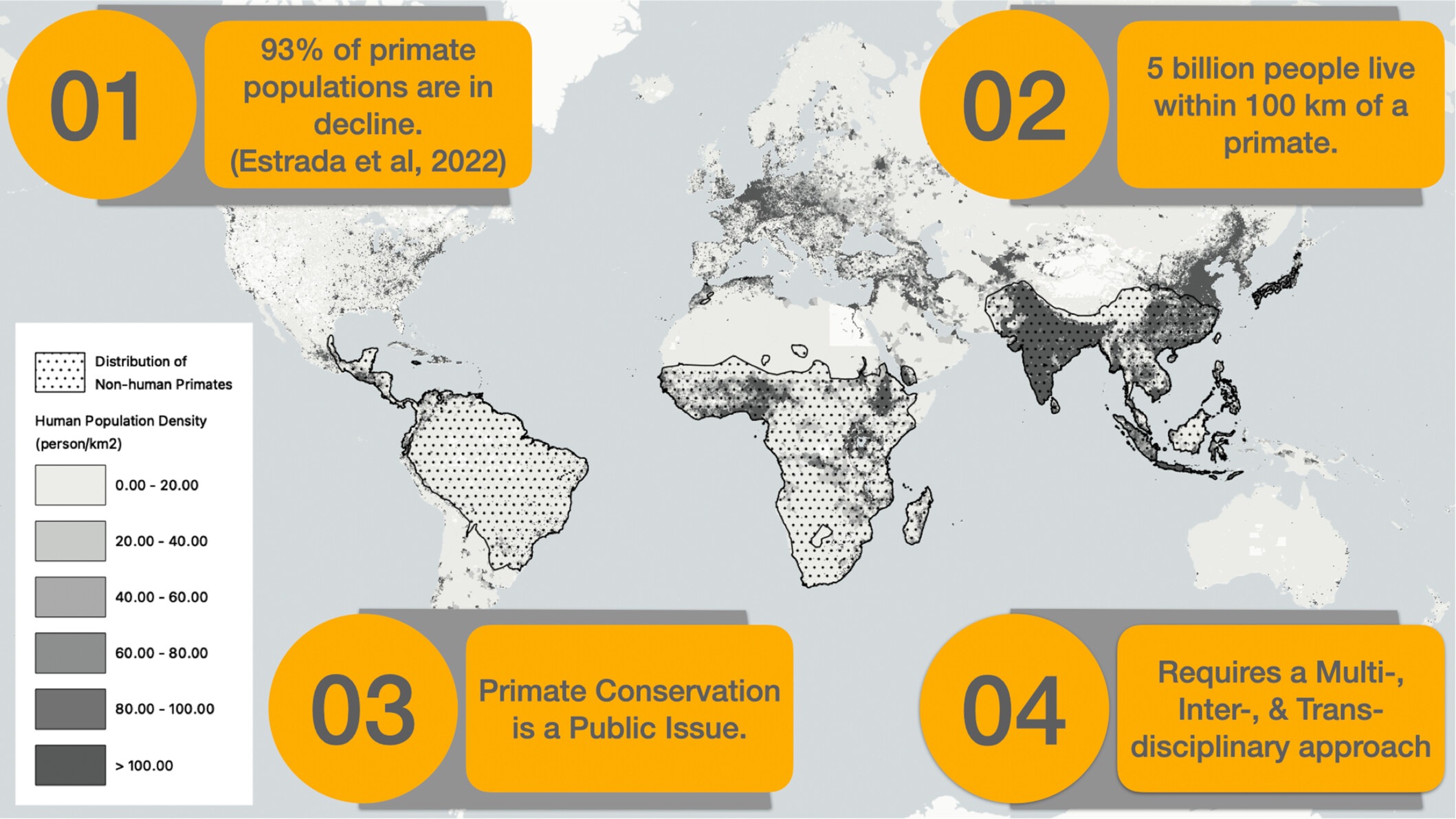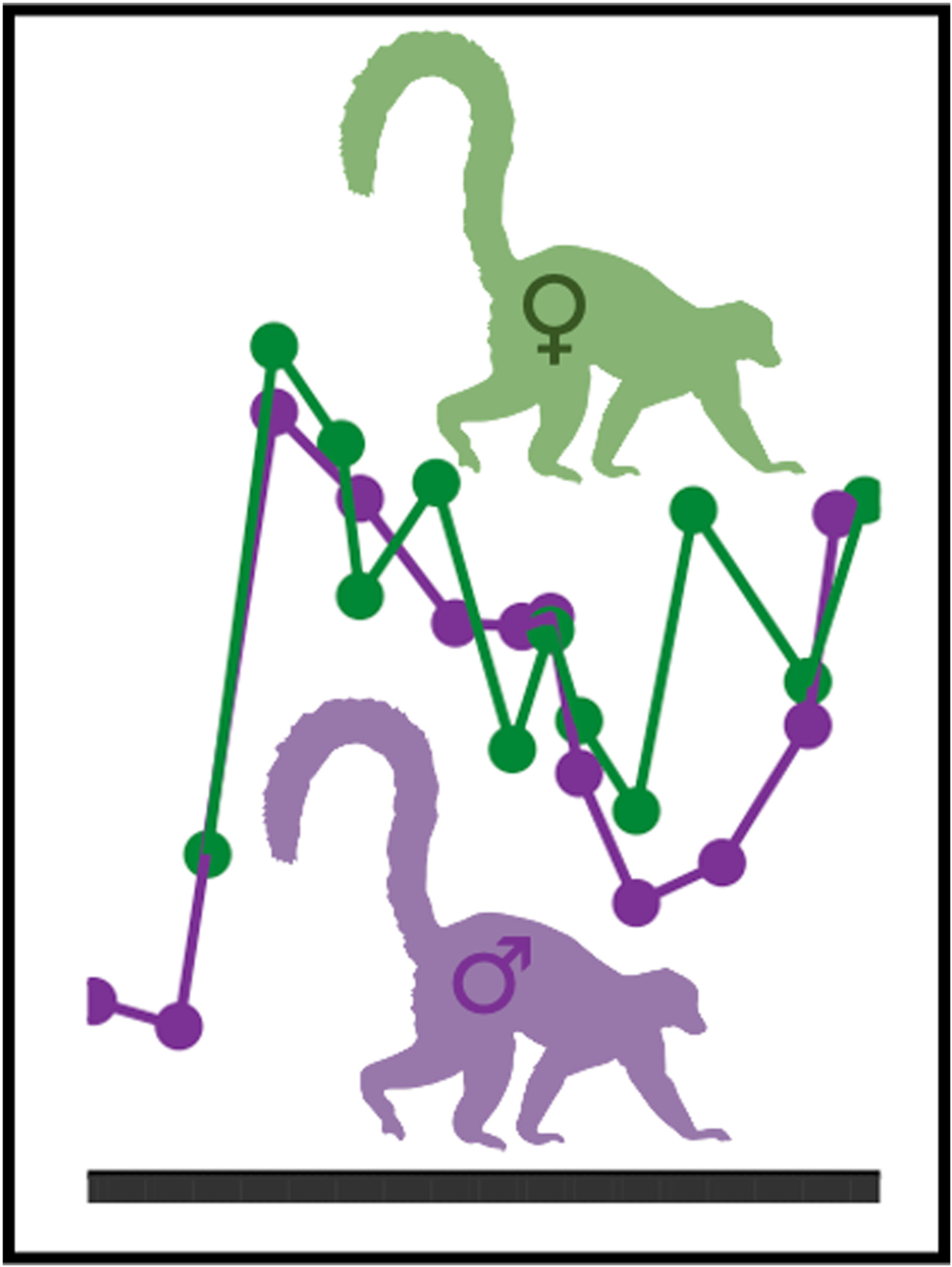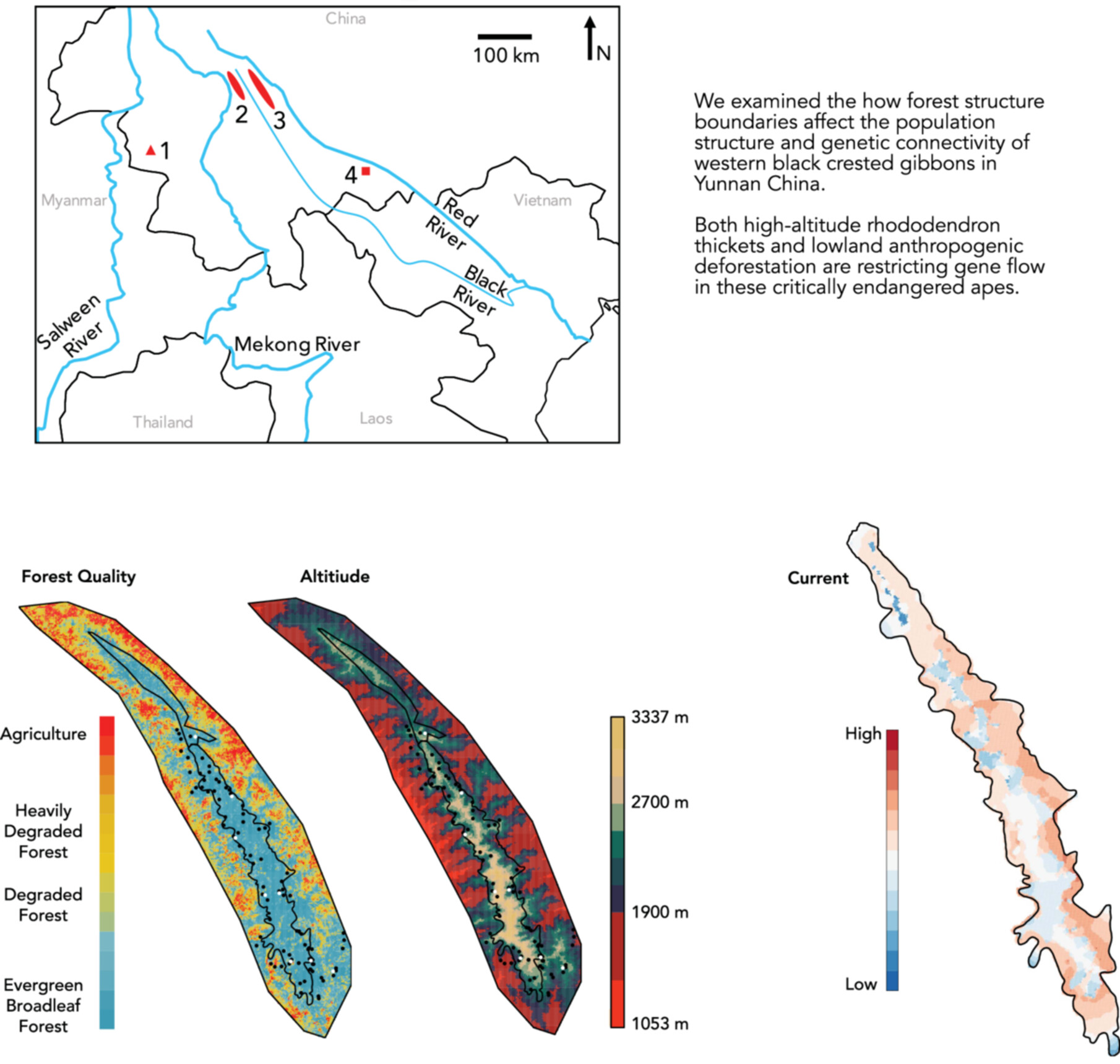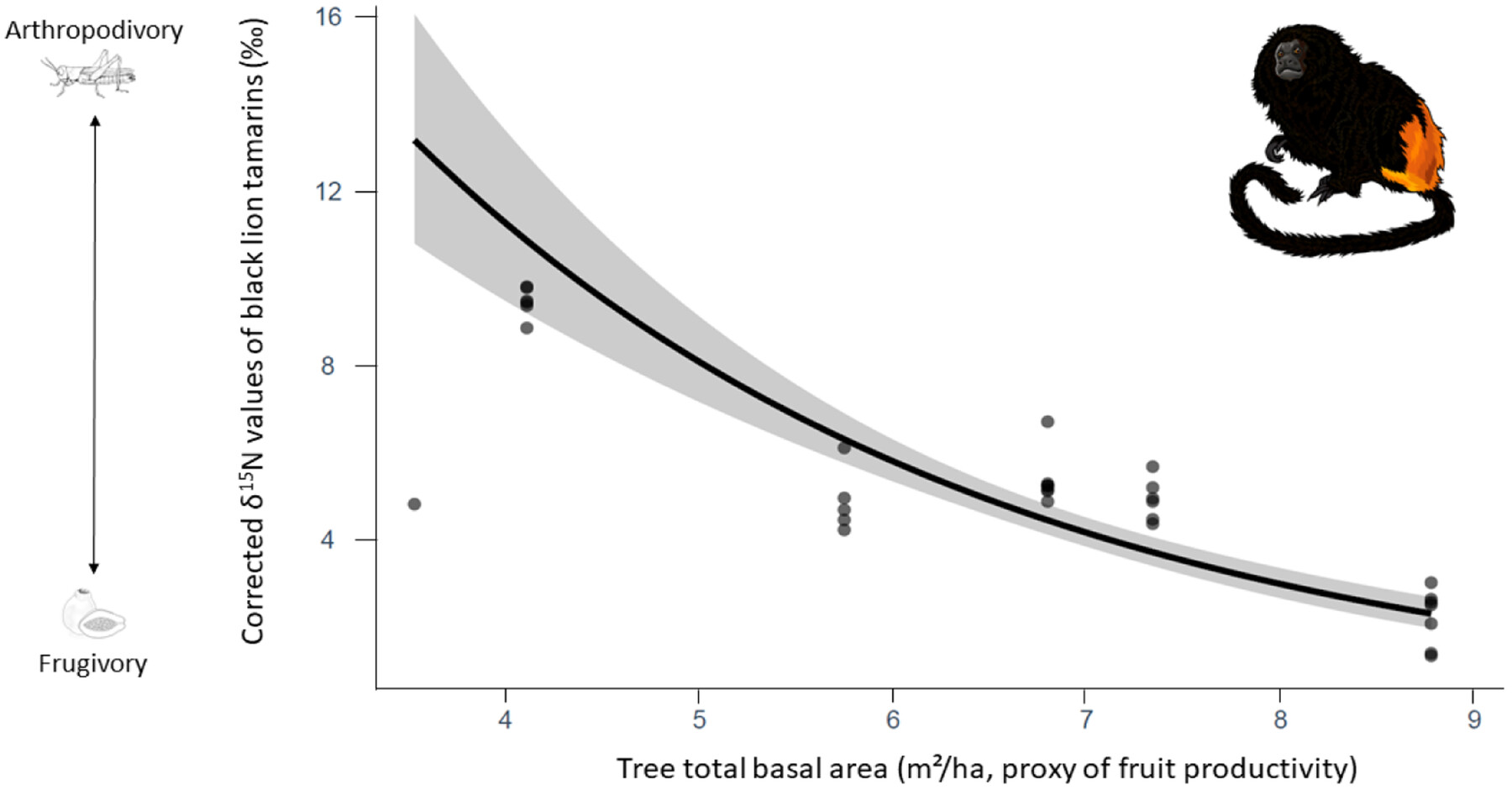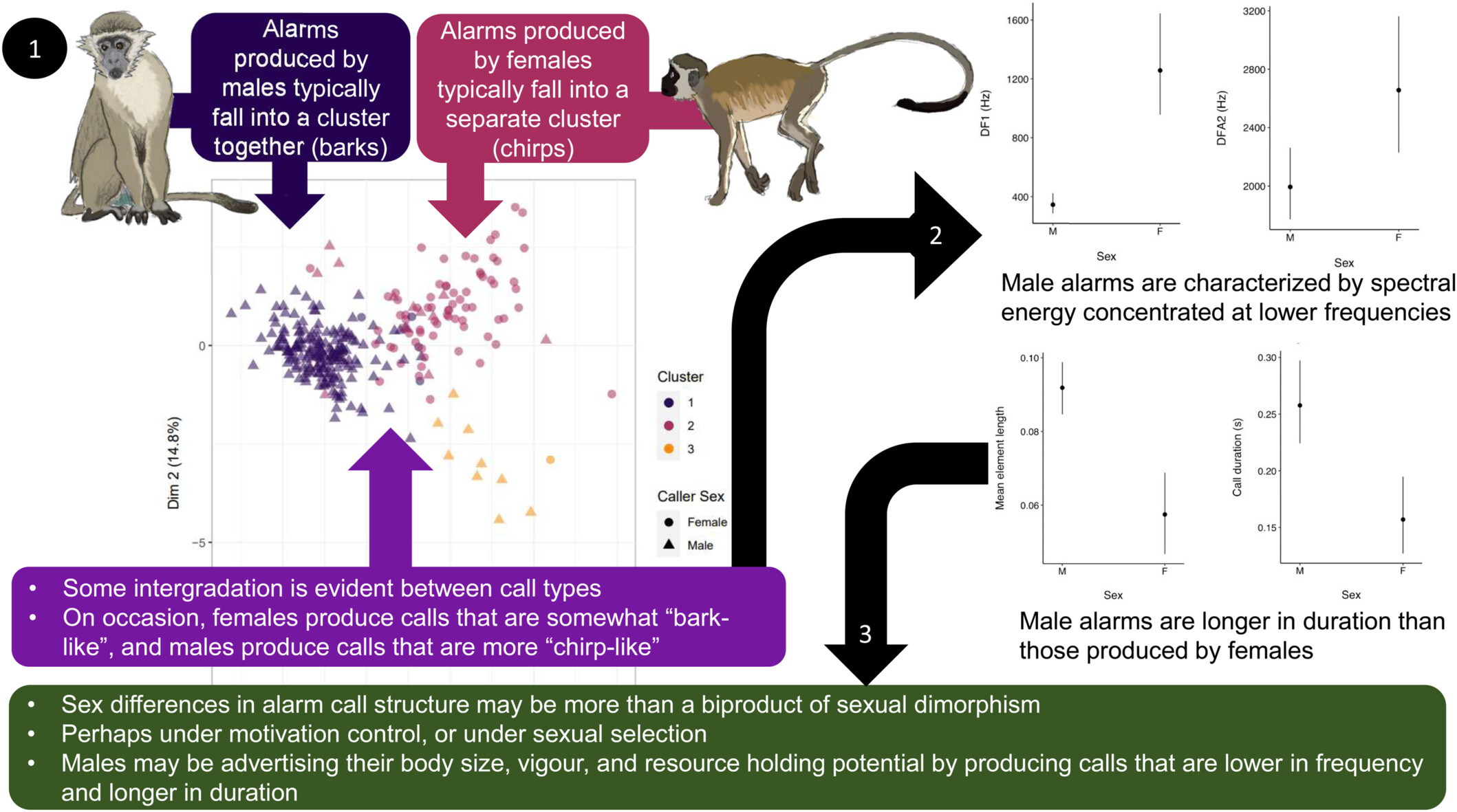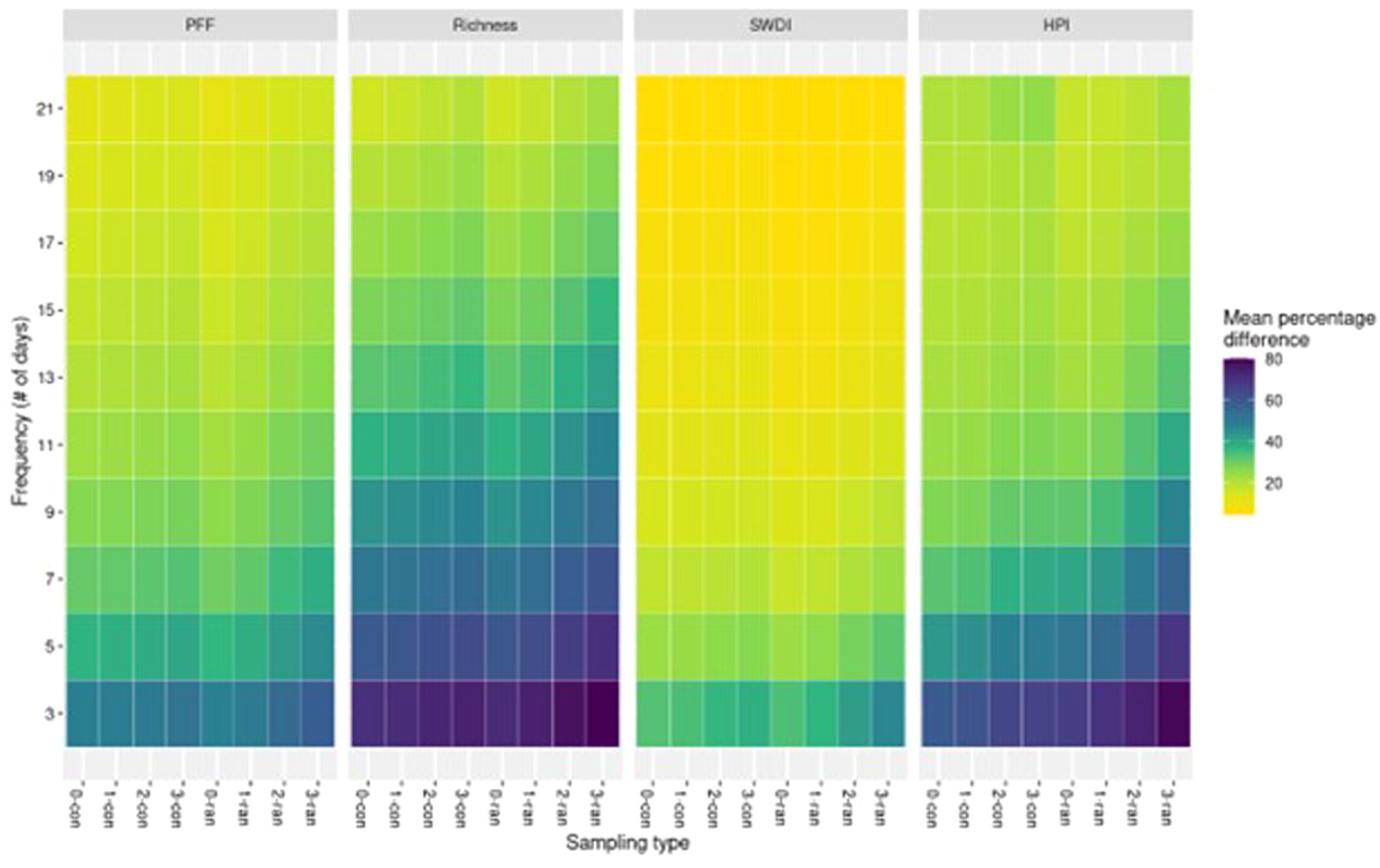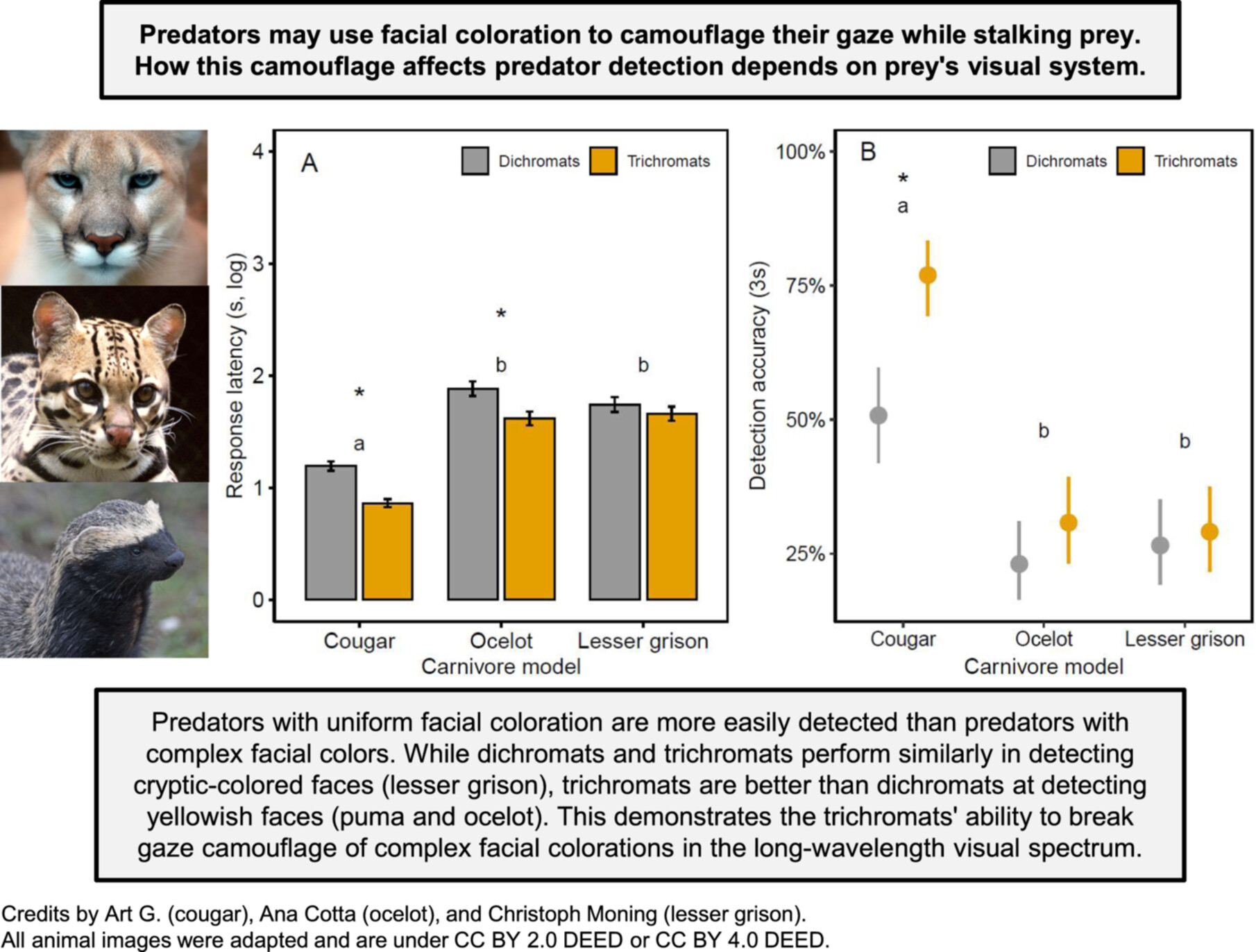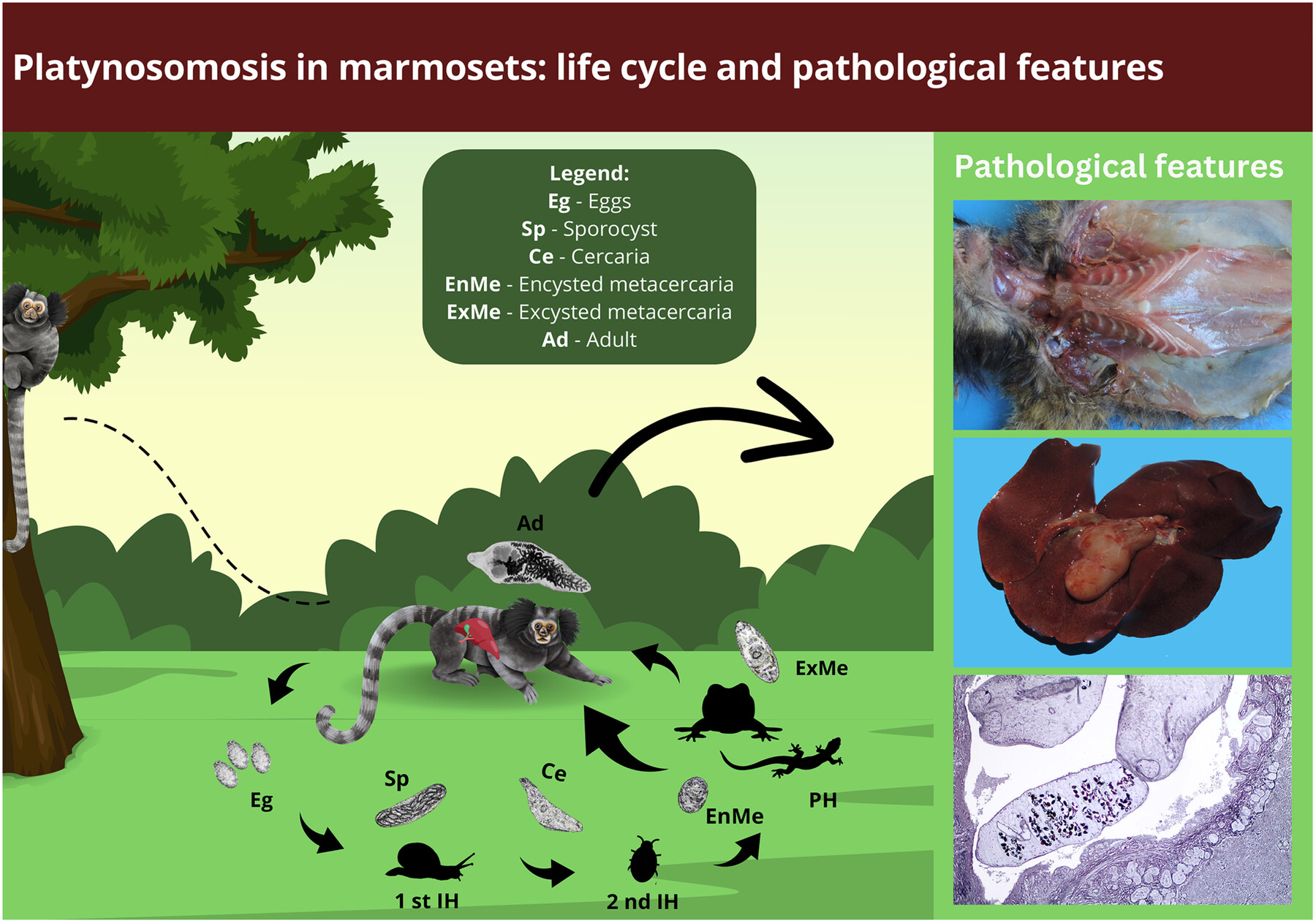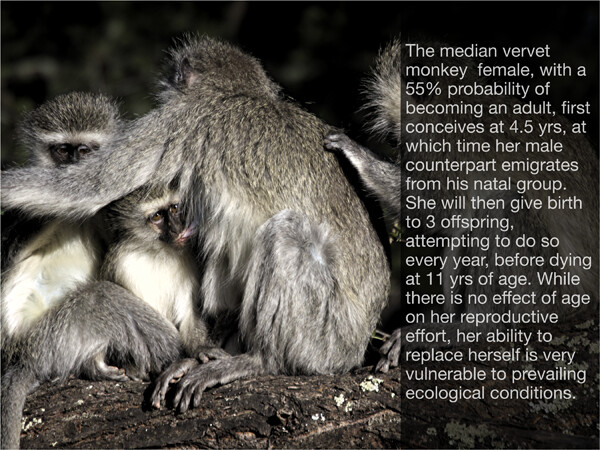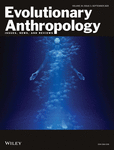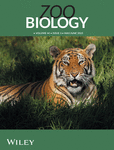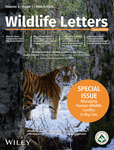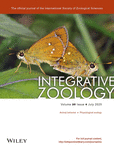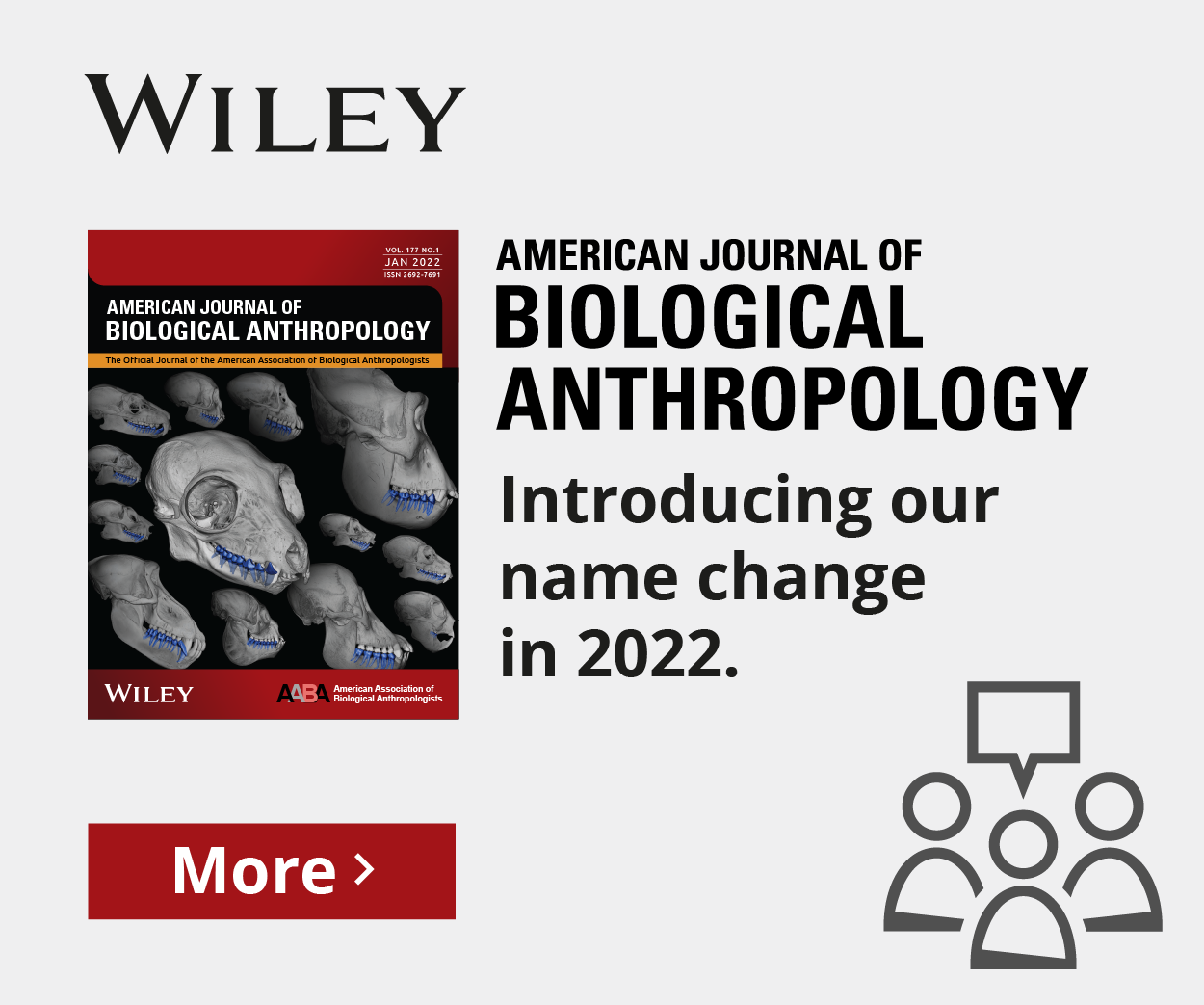Journal list menu
Export Citations
Download PDFs
ISSUE INFORMATION
RESEARCH ARTICLE
Stone Tool Use by Black-Horned Capuchin Monkeys (Sapajus nigritus cucullatus) in an Urban Park in Londrina, Brazil
- First Published: 03 January 2025
Chimpanzee Activity and Behavioral Diversity Extends Across 24 Hours in Both Captive and Wild Settings
- First Published: 16 January 2025
Impact of Botfly Parasitism on the Behavior of Mantled Howler Monkeys
- First Published: 15 January 2025
Tackling Hominin Tickling: Bonobos Share the Social Features and Developmental Dynamics of Play Tickling With Humans
- First Published: 15 January 2025
COMMENTARY
Monkeys Swimming Across Rivers Refine Questions About the Riverine Barrier Hypothesis
- First Published: 15 January 2025
RESEARCH ARTICLE
Hand Preferences in Olive Baboons (Papio anubis) During Cognitive Performance on Match-to-Sample Tasks and Natural Behaviors
- First Published: 09 January 2025
Roadside Dining: The Collective Movement Behavior of Sulawesi Moor Macaques in a Provisioning Context
- First Published: 12 January 2025
EMERGING METHODS AND TECHNOLOGIES
How Do Common Marmosets Maintain the Balance Between Response Execution and Action Inhibition?
- First Published: 09 January 2025
CORRECTION
RESEARCH ARTICLE
History of Health at Cayo Santiago—An Investigation of Environmental and Genetic Influences on the Skeletal Remains of the Introduced Rhesus Macaque (Macaca mulatta) Colony
- First Published: 07 January 2025
Multiple Motivations: Agonistic Coalitions and Interventions in Blue Monkeys
- First Published: 29 December 2024
CORRECTION
Correction to “Neutrophil to Lymphocyte Ratio in Captive Olive Baboons (Papio anubis): The Effects of Age, Sex, Rearing, Stress, and Pregnancy”
- First Published: 31 December 2024
RESEARCH ARTICLE
Wild Tibetan Macaques Use a Route-Based Mental Map to Navigate in Large-Scale Space
- First Published: 26 December 2024
Selectivity in Buttress Drumming Tree Properties Among Chimpanzees (Pan troglodytes schweinfurthii) of the Waibira Community in Budongo Forest, Uganda
- First Published: 25 December 2024
CORRECTION
Correction to “Where and How: Stone Tool Sites of Endangered Blonde Capuchin Monkeys in the Caatinga Environment in Northeastern Brazil”
- First Published: 25 December 2024
RESEARCH ARTICLE
The Influence of Provisioning on the Intergroup Relationships of Rhesus Macaque in Hainan, China
- First Published: 23 December 2024
Sexual Signaling and Sociosexual Behaviors in Relation to Rank, Parasites, Hormones, and Age in Male Vervet Monkeys (Chlorocebus pygerythrus) in Uganda
- First Published: 23 December 2024
Ontogenetic Scaling of the Primate Middle Ear
- First Published: 20 December 2024
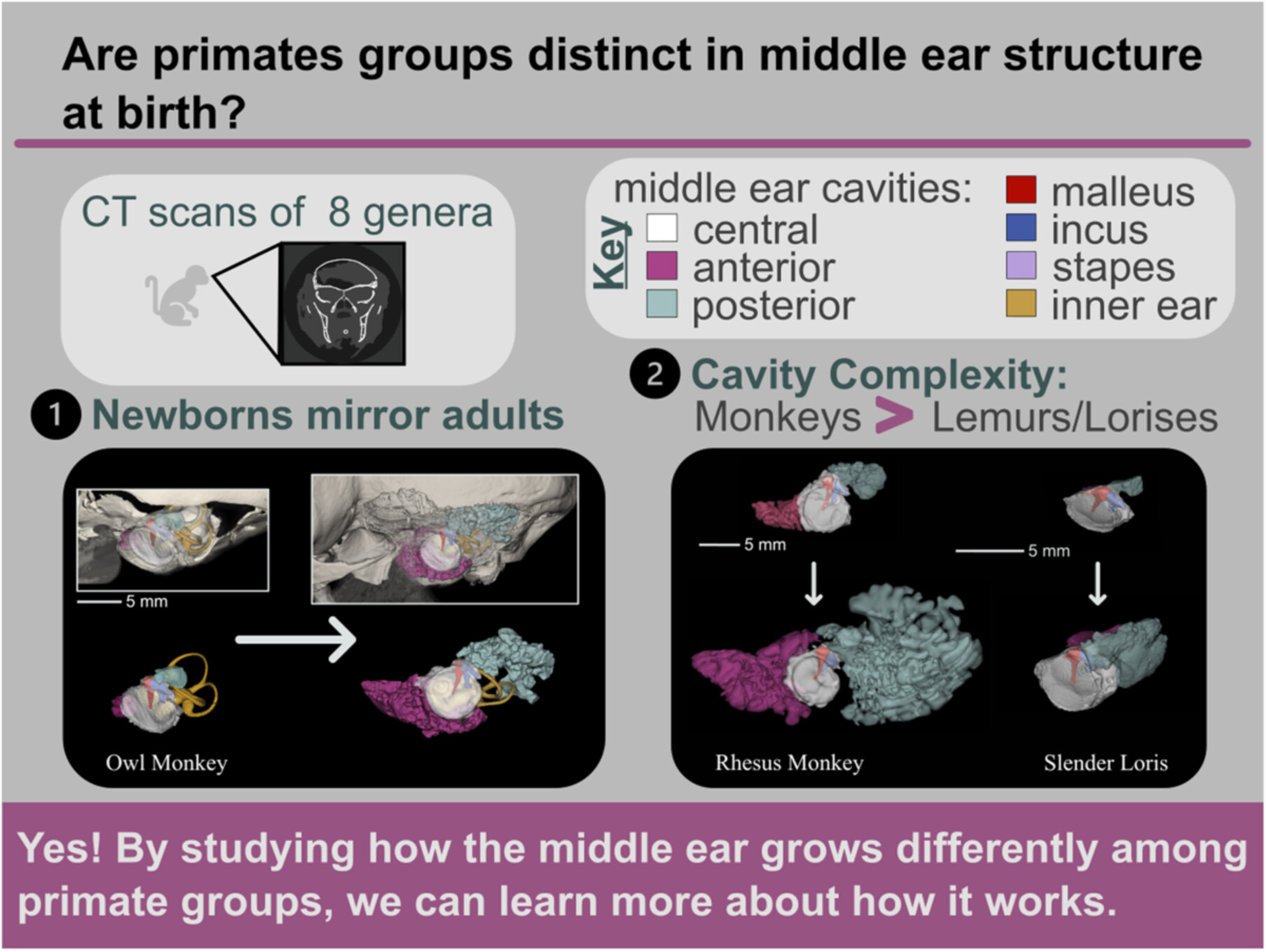
We present two important results of our research: (1) The middle ear structures that distinguish major groups of primates are already apparent at birth. Here, we show the middle ear of the Owl Monkey (Aotus nancymaae) as a newborn (left) and as an adult (right). The middle ear cavity is divided into the central tympanic cavity (TC, in white), the anterior accessory cavity (AAC, in the dark purple), and the posterior accessory cavity (PAC, in gray-green). The middle ear bones are housed within the TC: malleus (red), incus (blue), and stapes (purple). The inner ear (yellow) is shown for context. (2) We also describe how Old World Monkeys, represented by the Rhesus Macaque (Macaca mulatta), have a greater degree of middle ear complexity compared to Lemurs/Lorises, represented by the Slender Loris (Loris tardigradus); this is shown in both the newborn (top row) and the adult stages (bottom row).
Placental and Fetal Microbiota in Rhesus Macaque: A Case Study Using Metagenomic Sequencing
- First Published: 23 December 2024
Assessment of Suitable Habitats, Fragmentation Analysis, and Ecological Corridor Identification for Sichuan Golden Snub-Nosed Monkey (Rhinopithecus roxellana) in Sichuan Province, Southwest China
- First Published: 19 December 2024
Novel Scent Enrichment Enhances Socio-Sexual and Olfactory Behaviors in Zoo-Housed Gentle Lemurs
- First Published: 18 December 2024
The Lasting Impact of Social Isolation: Behavioral Insights From Former Pet and Entertainer Chimpanzees in a Sanctuary in Spain
- First Published: 18 December 2024
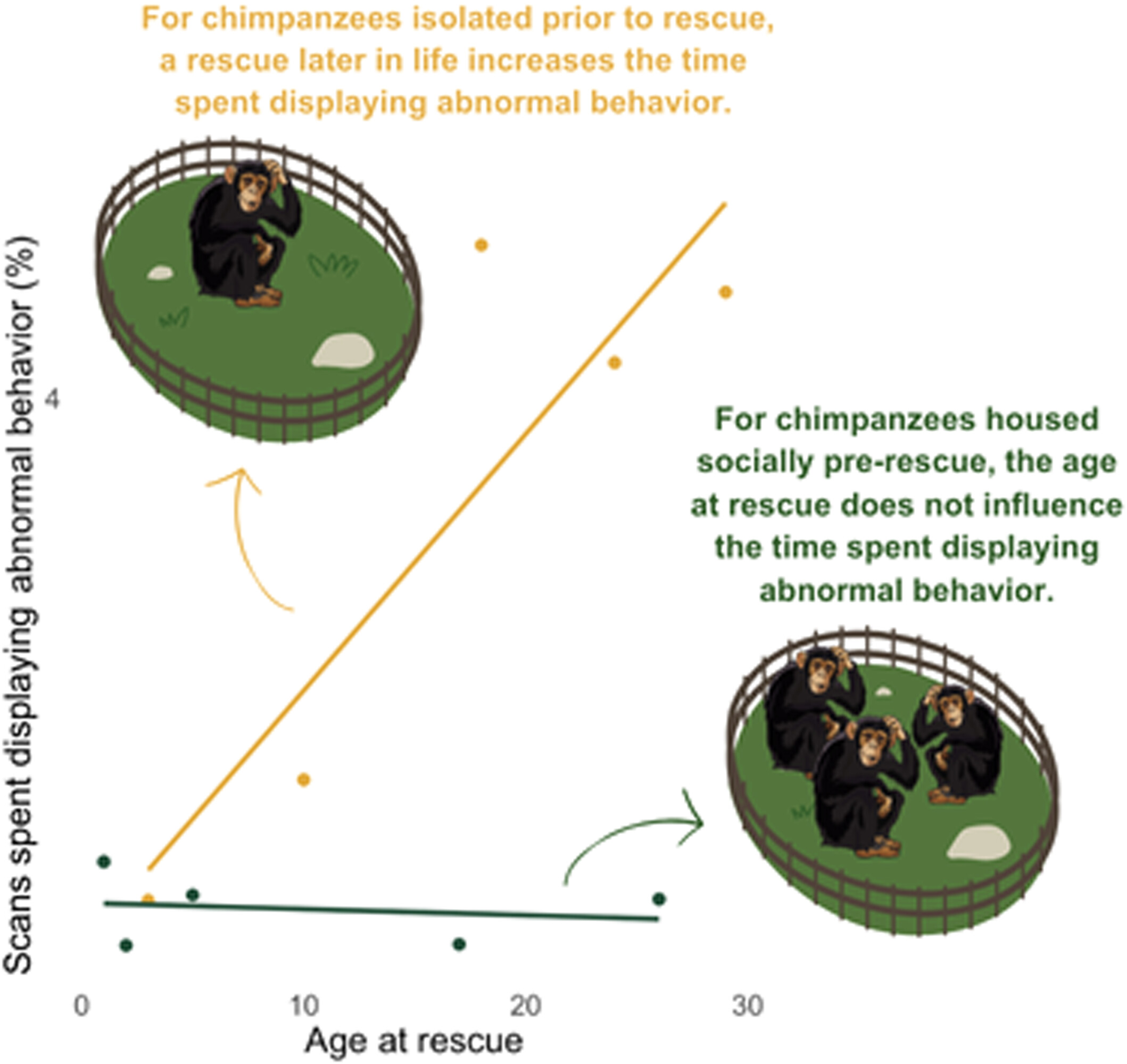
Graphical Abstract
The figure illustrates the impact of pre-rescue housing conditions and age at rescue on abnormal behavior in sanctuary chimpanzees. Chimpanzees isolated prior to rescue (yellow data points) show a positive relationship between age at rescue and scans spent displaying abnormal behaviors—rescues occurring later in life are associated with higher percentages of scans displaying these behaviors. In contrast, chimpanzees housed socially pre-rescue (green data points) do not show this trend, as their age at rescue does not influence the frequency of abnormal behavior.
Potential of Japanese Macaques for Understanding Etiology and Seasonality of Repetitive Linear Enamel Hypoplasia in Nonhuman Primates
- First Published: 17 December 2024
Morphometric Study on the Mandible of Colobine Fossil (Mesopithecus pentelicus) Found in East Asia, a Comparison With Extant Taxa
- First Published: 17 December 2024
Yawn Contagion and Modality-Matching in the Female-Bonded Society of Geladas (Theropithecus gelada)
- First Published: 17 December 2024
Where and How: Stone Tool Sites of the Endangered Sapajus flavius in a Caatinga Environment in Northeastern Brazil
- First Published: 11 December 2024
Teeth Baring as a Model to Understand Complex Facial Signals in a Tolerant Macaque Species
- First Published: 17 November 2024
REVIEW ARTICLE
What we know and don't know about great ape cultural communication in the wild
- First Published: 12 October 2023
RESEARCH ARTICLE
And Baby Makes Three: Postpartum Changes in Male–Female Affiliative Interactions in White-Faced Capuchins
- First Published: 08 November 2024
Improving Reproductive Success in Captive Marmosets Through Active Female Choice
- First Published: 08 November 2024
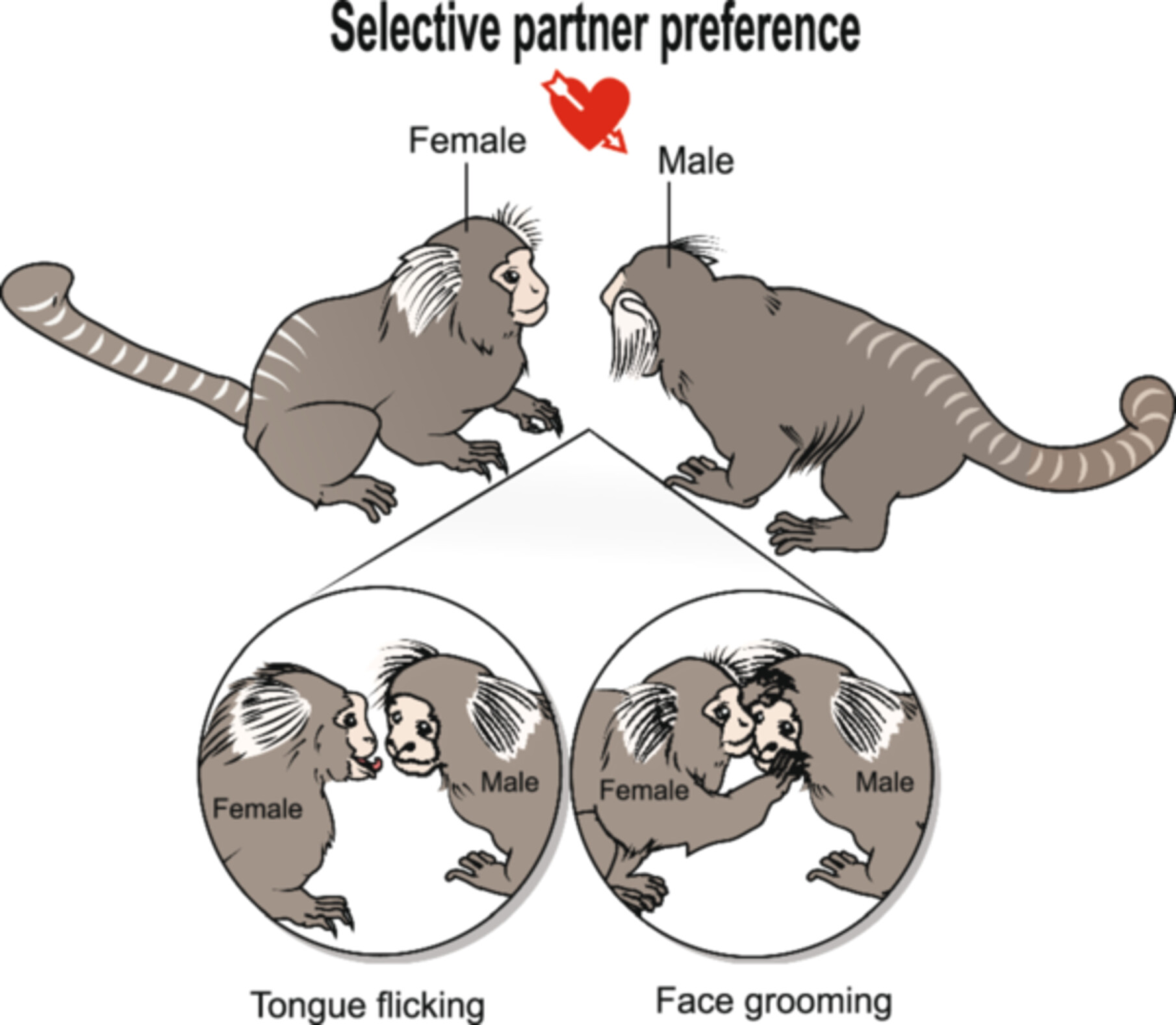
We increased the efficiency of breeding within our marmoset colony by allowing females to choose their mate using a partner-preference “love maze.” When exposed to pairs of several eligible males, female marmosets showed a clear and repeated preference for one male only by directing affiliative behaviors toward him including proceptive tongue-flicking and face grooming behavior. Her self-directed choice of male was a major determinant of her reproductive success compared with females who were randomly paired.
COMMENTARY
RESEARCH ARTICLE
The Influence of Age, Sex, and Season on Hematological Parameters in a Captive Population of Former Laboratory Chimpanzees (Pan troglodytes)
- First Published: 08 December 2024
RESEARCH ARTICLES
Investigating infant feeding development in wild chimpanzees using stable isotopes of naturally shed hair
- First Published: 01 October 2023
REVIEW ARTICLE
How can we apply decision-making theories to wild animal behavior? Predictions arising from dual process theory and Bayesian decision theory
- First Published: 15 October 2023
RESEARCH ARTICLES
Fifty+ years of primate research illustrates complex drivers of abundance and increasing primate numbers
- First Published: 20 November 2023
REVIEW ARTICLE
Primates and disability: Behavioral flexibility and implications for resilience to environmental change
- First Published: 05 December 2023
RESEARCH ARTICLES
Edge effects and social behavior in three platyrrhines
- First Published: 24 February 2024
Losing lemurs: Declining populations and land cover changes over space and time
- First Published: 11 March 2024
Where the small things are: Modelling edge effects on mouse lemur population density and distribution in northwestern Madagascar
- First Published: 25 March 2024
All together now: Assessing variation in maternal and nonmaternal handling of wild Colobus vellerosus infants
- First Published: 23 April 2024
COMMENTARY
RESEARCH ARTICLE
Temporal patterns of gut microbiota in lemurs (Eulemur rubriventer) living in intact and disturbed habitats in a novel sample type
- First Published: 14 June 2024
Landscape and conservation genetics of western black crested gibbons (Nomascus concolor) in China
- First Published: 23 July 2024
Stable Isotopes Analysis of Black Lion Tamarins Reveals Increasing Arthropod Consumption When Fruit Productivity Decreases in Forest Fragments
- First Published: 11 November 2024
Sex differences in the acoustic structure of terrestrial alarm calls in vervet monkeys (Chlorocebus pygerythrus)
- First Published: 20 August 2024
The Effect of Sampling Schedule on Assessment of Dietary Measures: Evidence From Blue Monkeys (Cercopithecus mitis stuhlmanni)
- First Published: 11 November 2024
Detecting a Stalker: The Effect of Body Posture, Gaze Direction, and Camouflage Pattern on Predator Detection
- First Published: 18 November 2024
Quantitative Analysis of the Carpal Tunnel and Its Inner Structures in Primates
- First Published: 20 November 2024
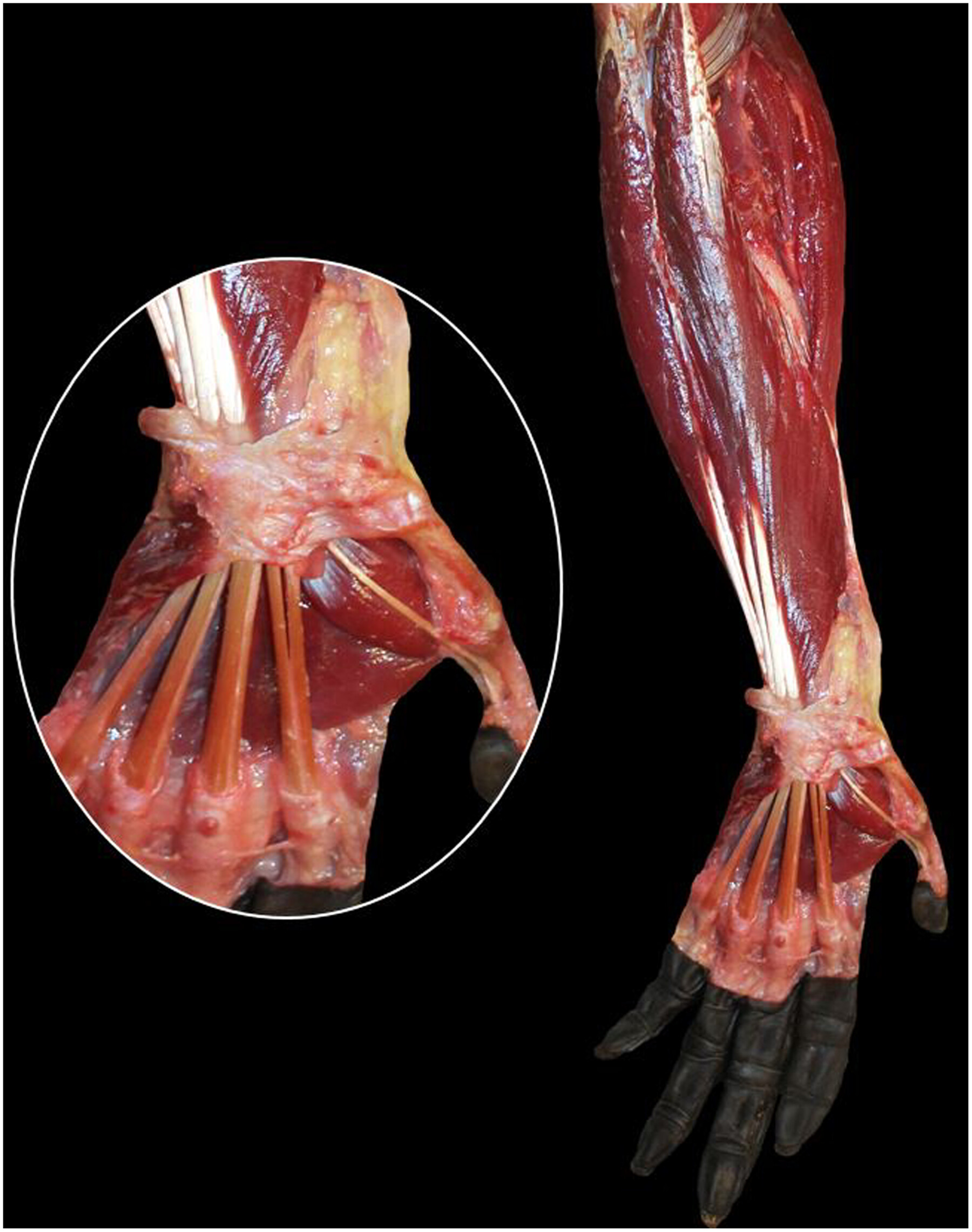
Carpal tunnel syndrome is a highly prevalent neuropathy in humans. This syndrome consists of compression suffered by the median nerve inside the carpal tunnel. The detailed anatomical study of the carpal tunnel and the structures that pass through it, the median nerve and the tendons of the flexor muscles of the fingers, in humans and other primate species, may shed light on the etiopathogenesis of tunnel syndrome. Mainly, this analysis can provide information on whether carpal tunnel syndrome is due to the anatomical characteristics of the carpal tunnel in humans or whether other more functional factors should be considered.
Hepatobiliary Platynosomosis in Black-Tufted Marmosets (Callithrix penicillata): A Lethal Threat for Wildlife and Captive Populations
- First Published: 24 November 2024
Route Planning Process by the Endangered Black Lion Tamarin in Different Environmental Contexts
- First Published: 27 November 2024
RESEARCH ARTICLES
Estimates of life history parameters in a high latitude, arid-country vervet monkey population
- First Published: 04 June 2023
Picking pithy plants: Pith selectivity by wild white-faced capuchin monkeys, Cebus imitator
- First Published: 10 September 2023

“When and why do white-faced capuchins eat plant pith? We investigated how ecological variables and plant traits shape patterns of pith consumption. We find that pith foraging occurs primarily during seasonal transitions, and that dietary pith species contain relatively more pith, are softer, and have a different odor profile than non-dietary species.“





